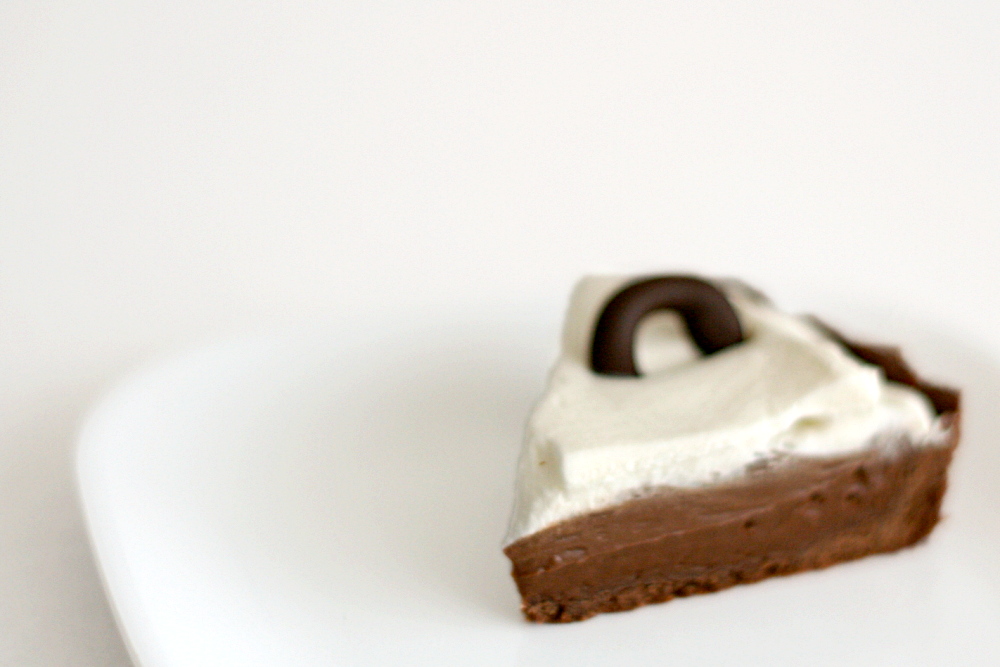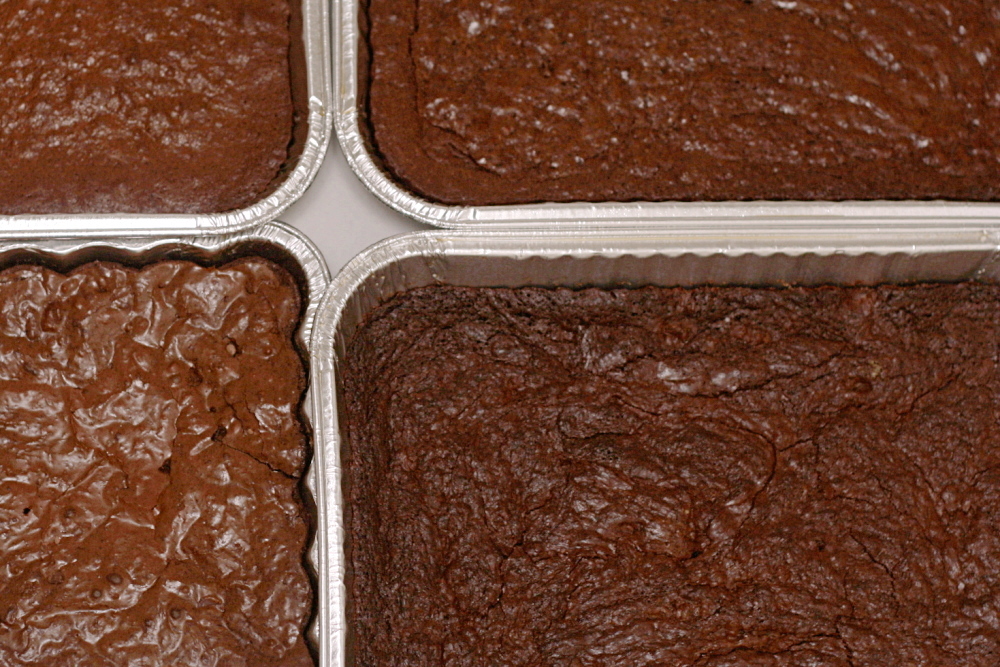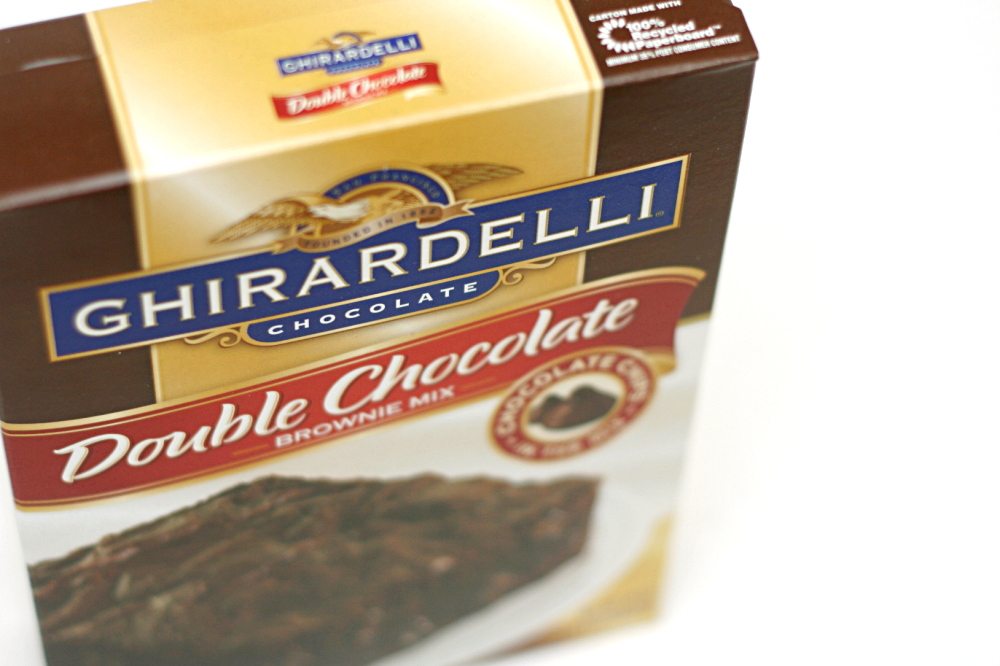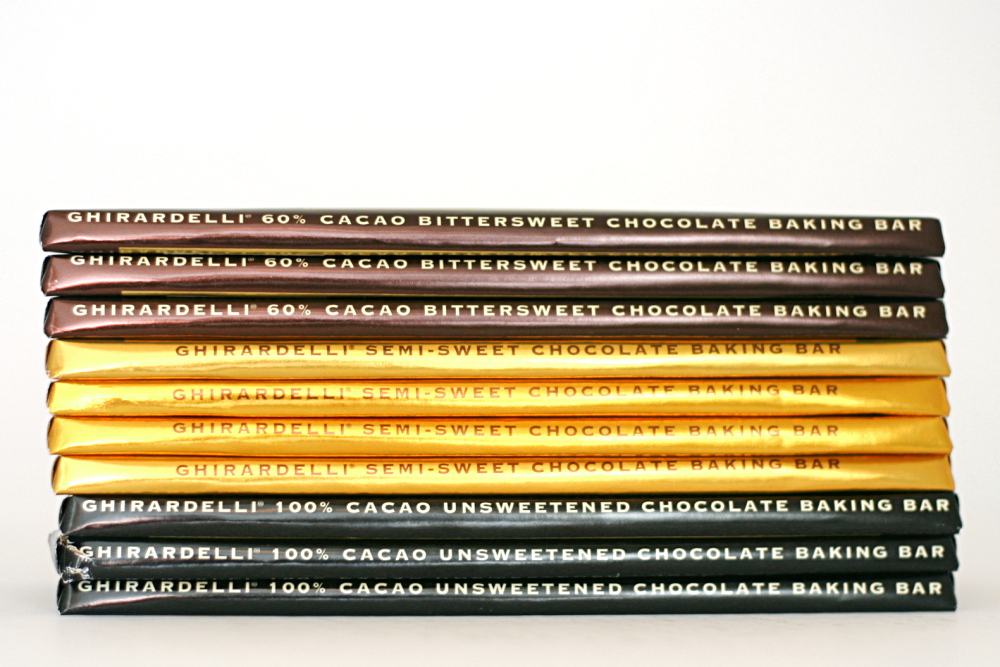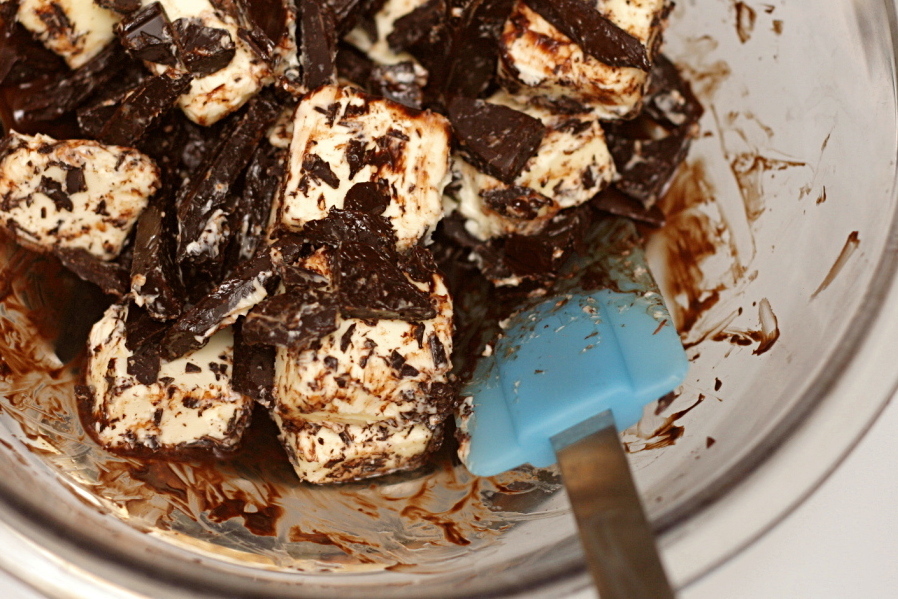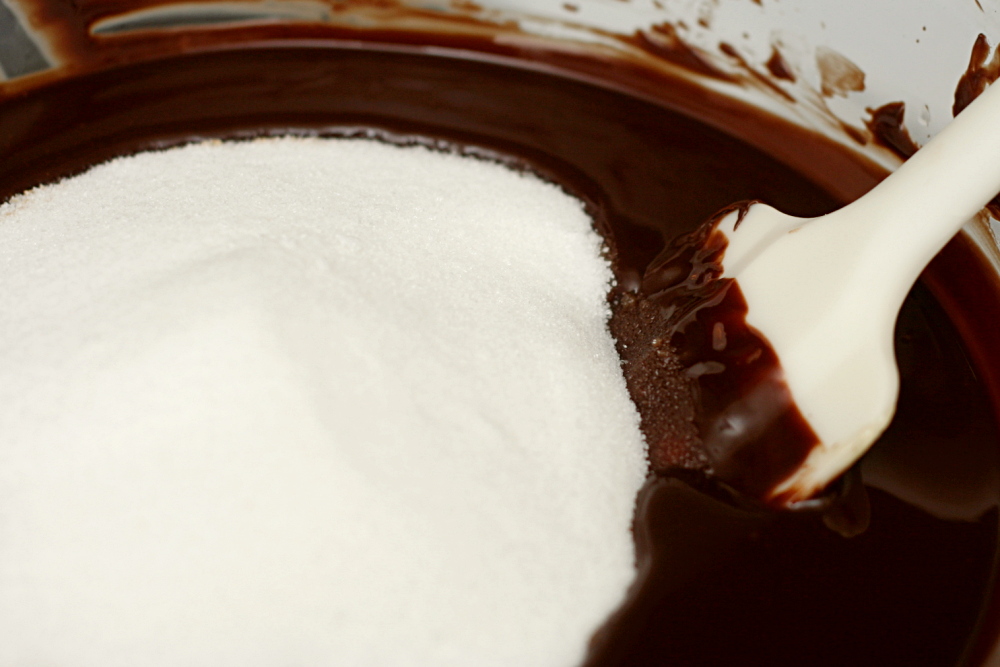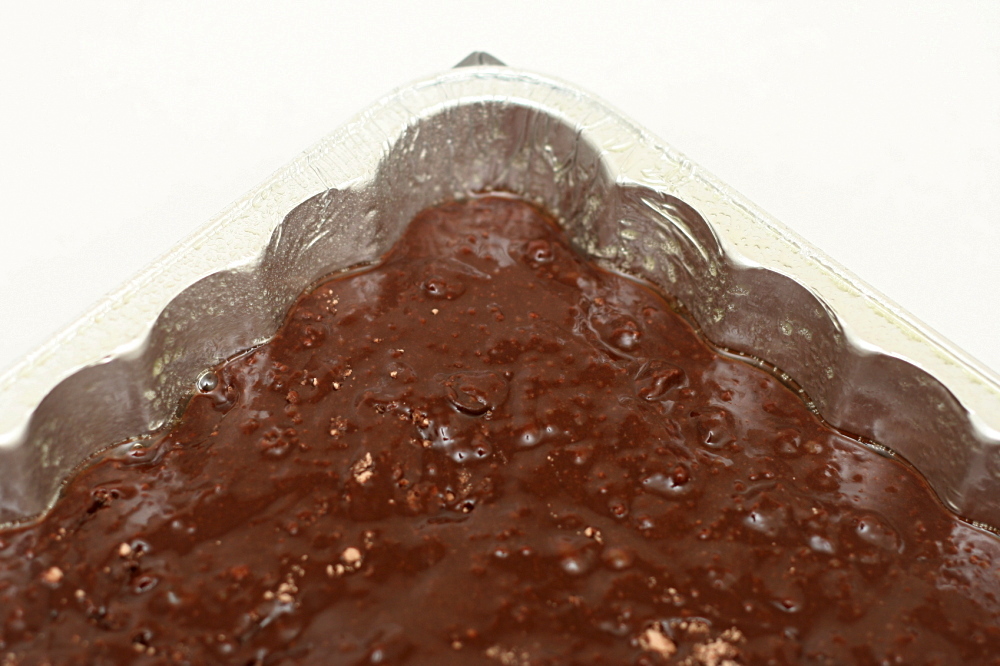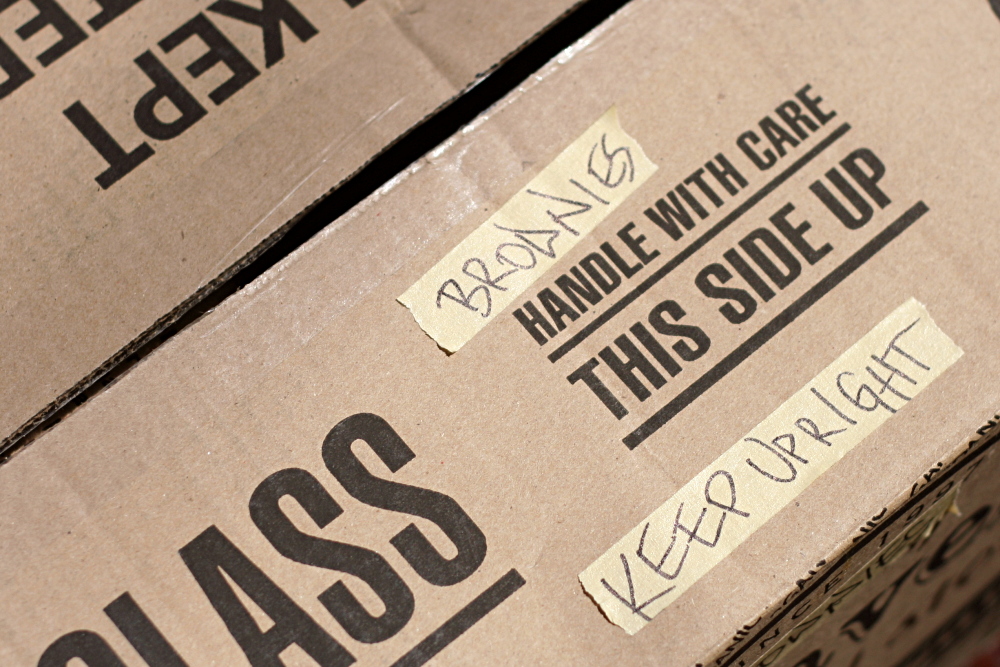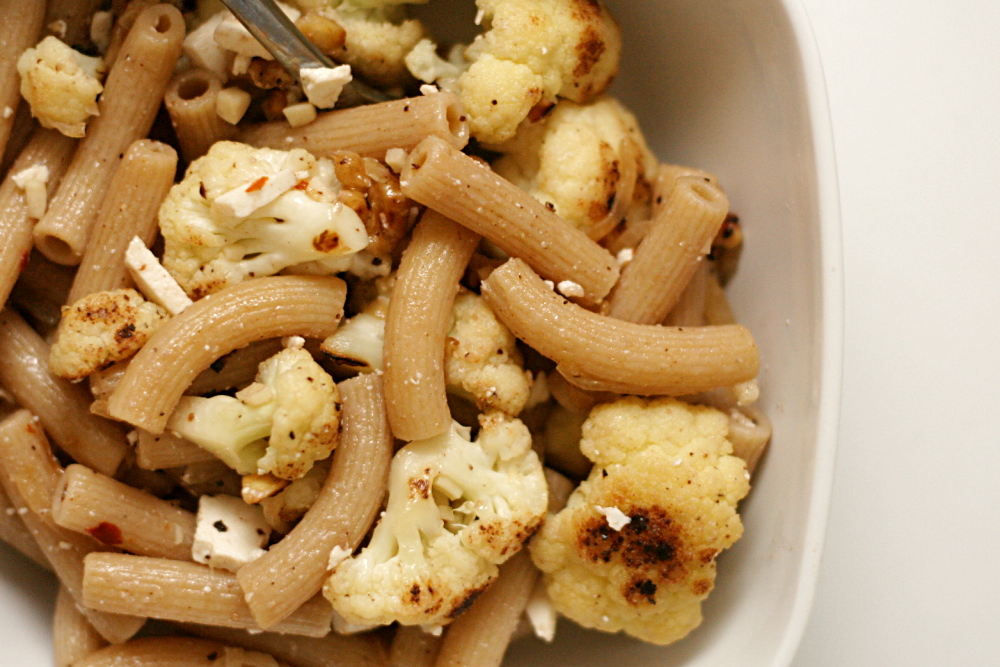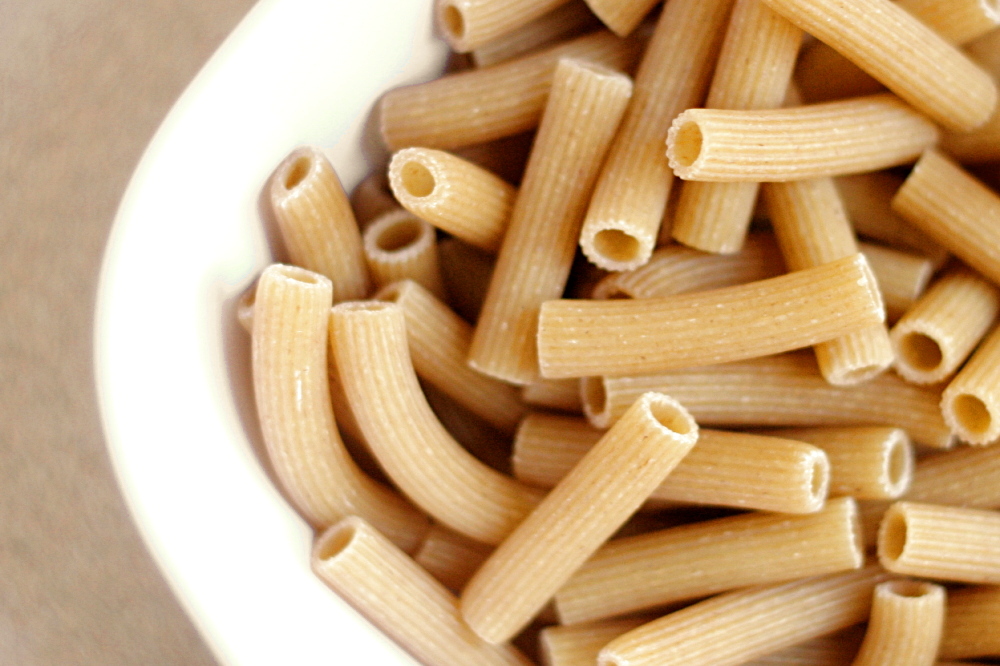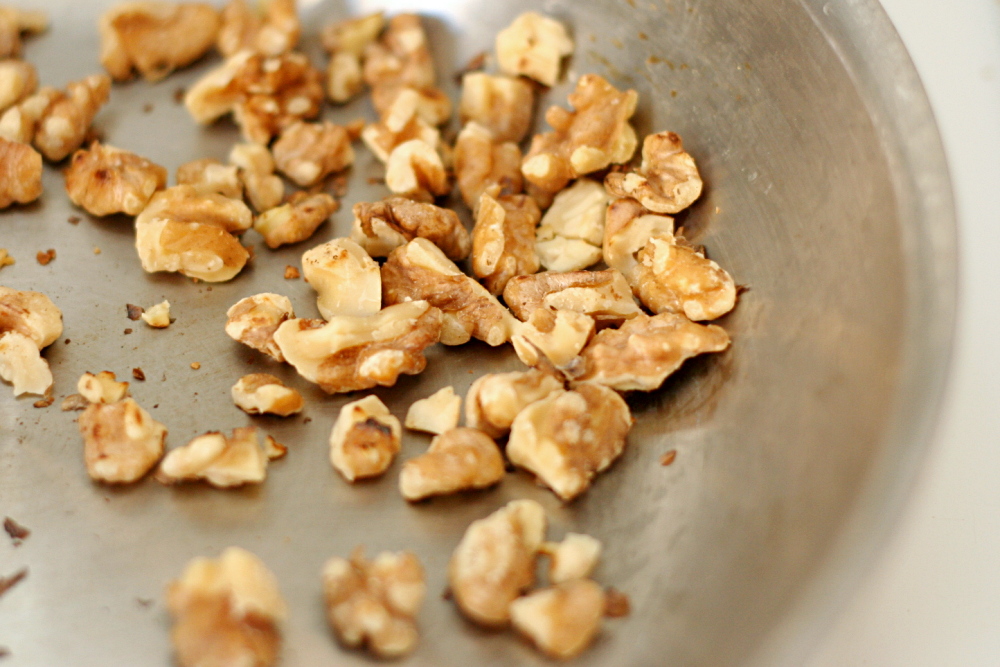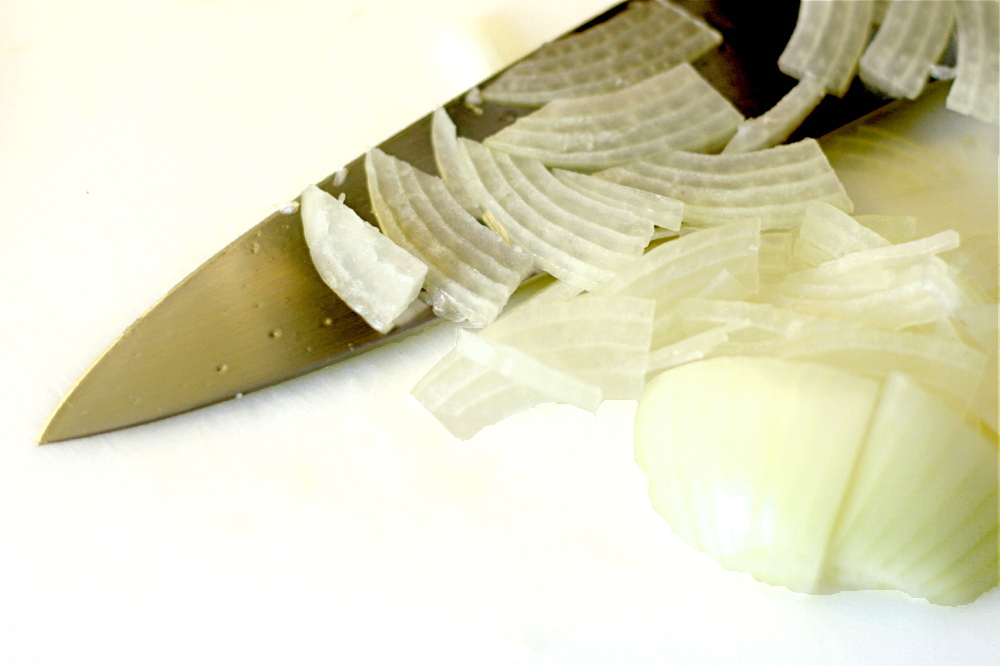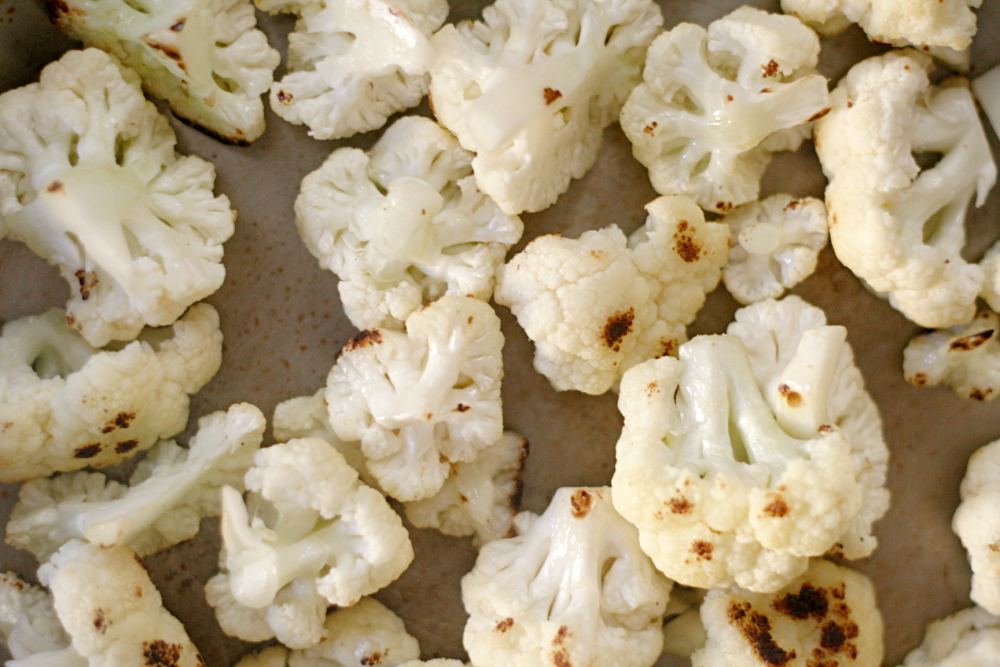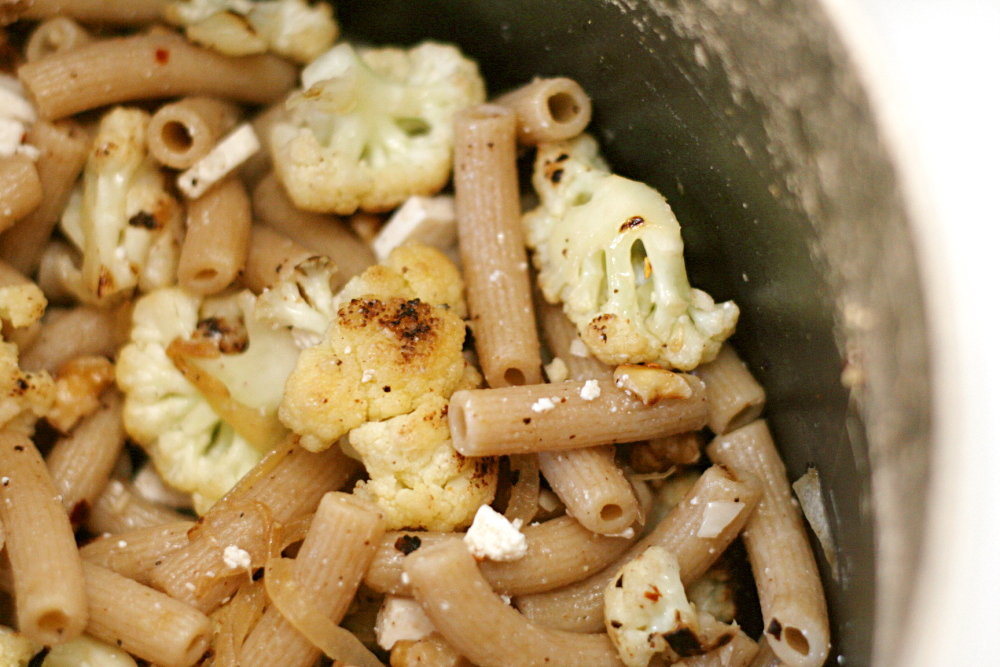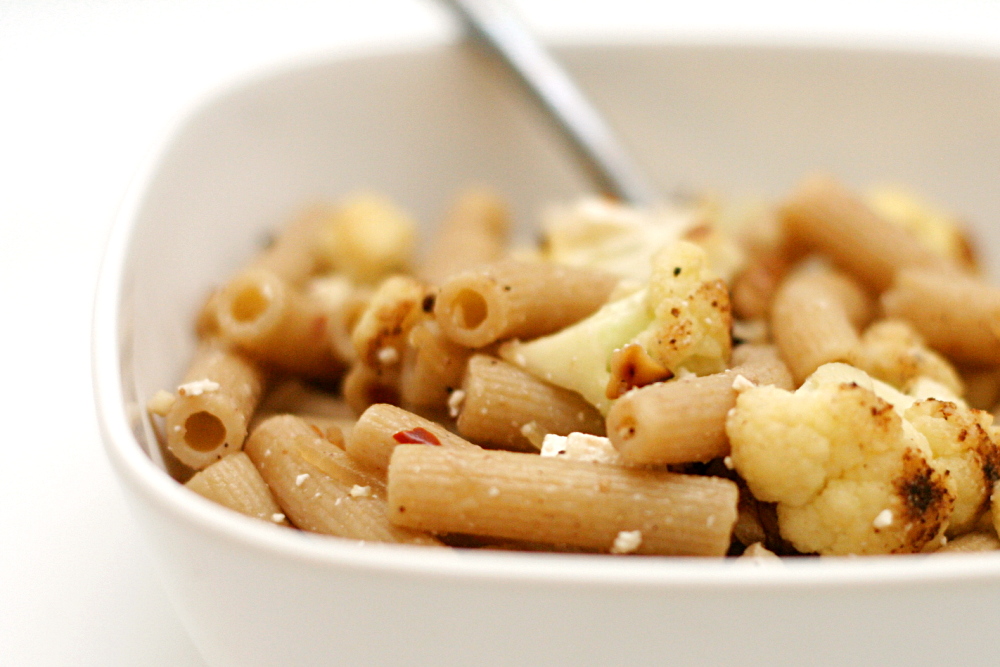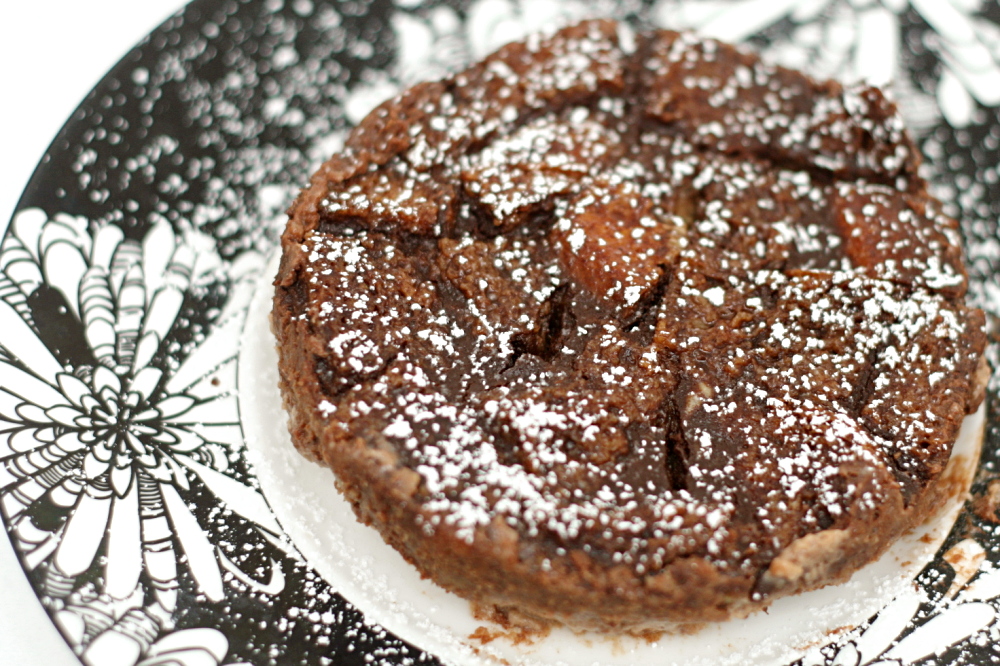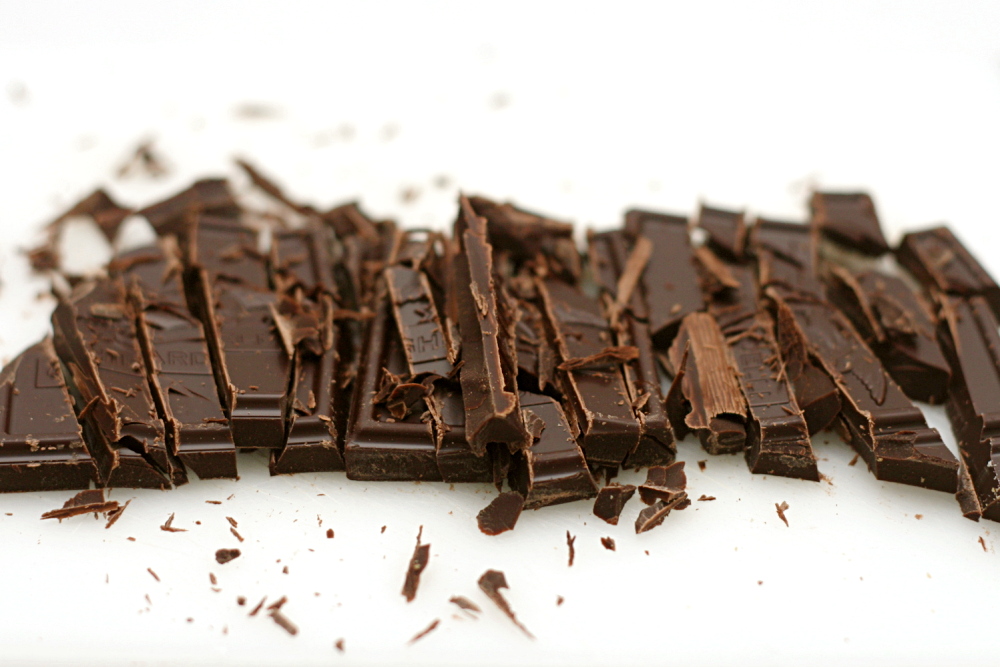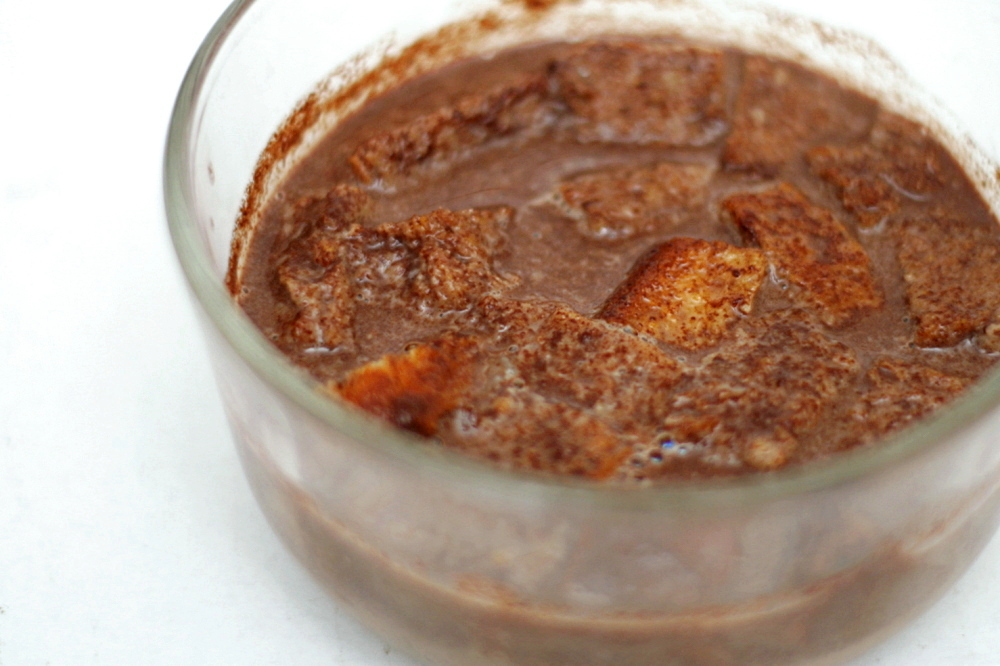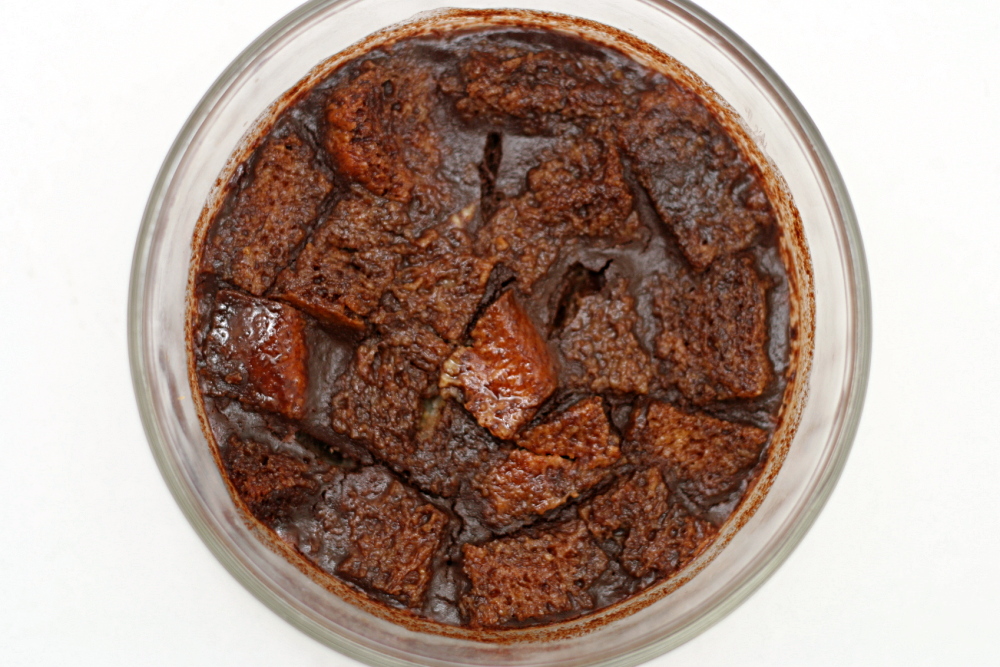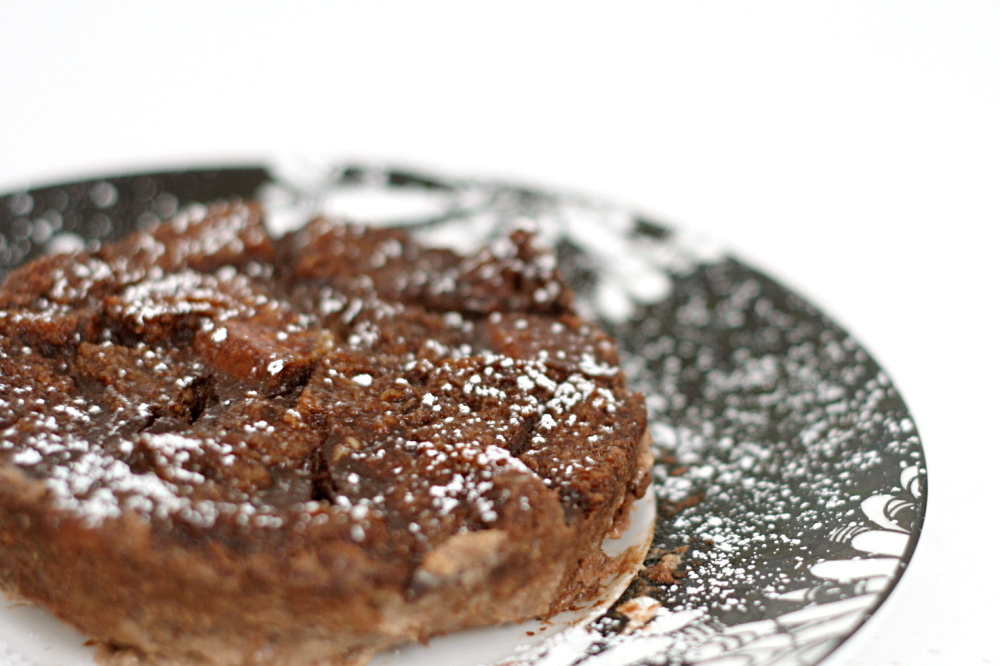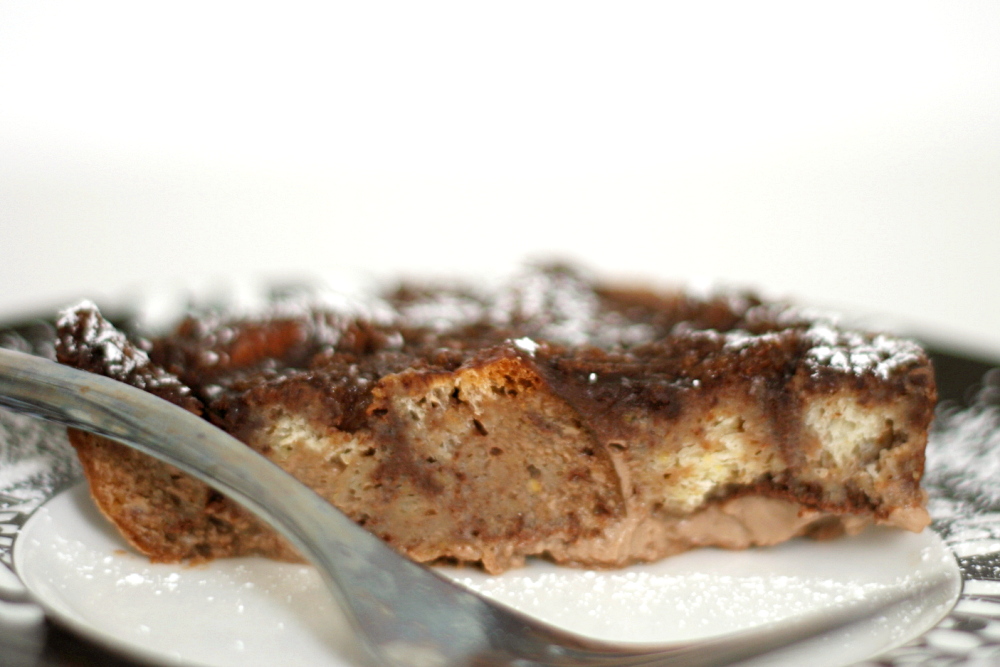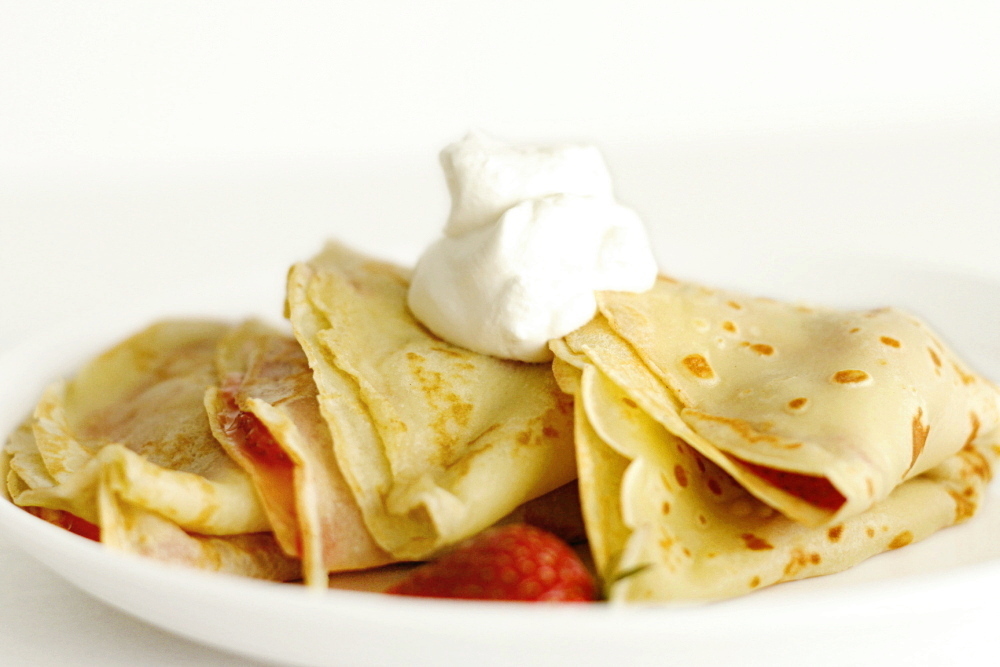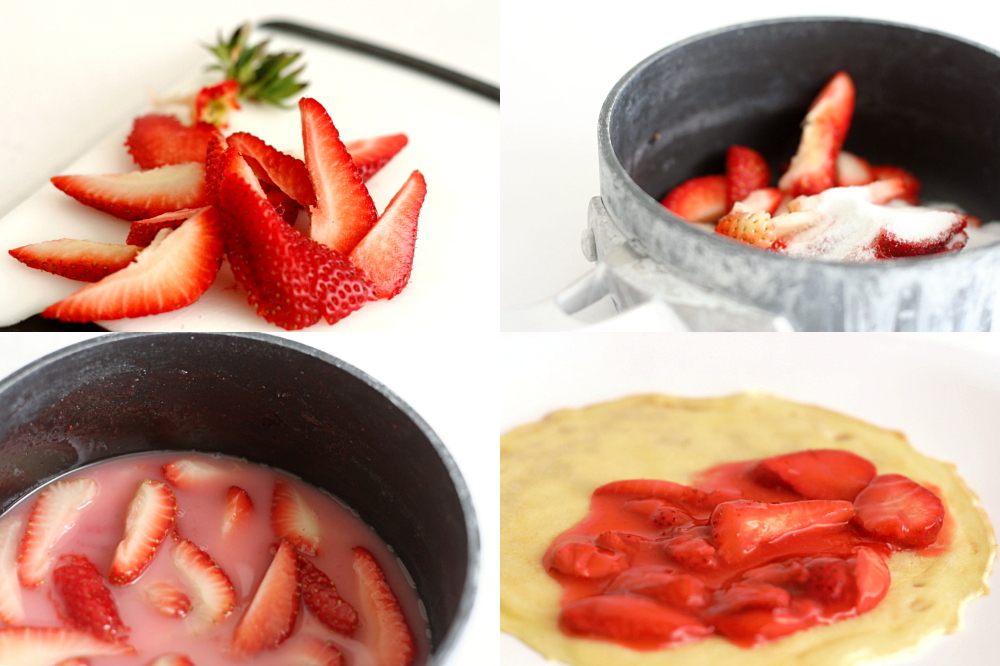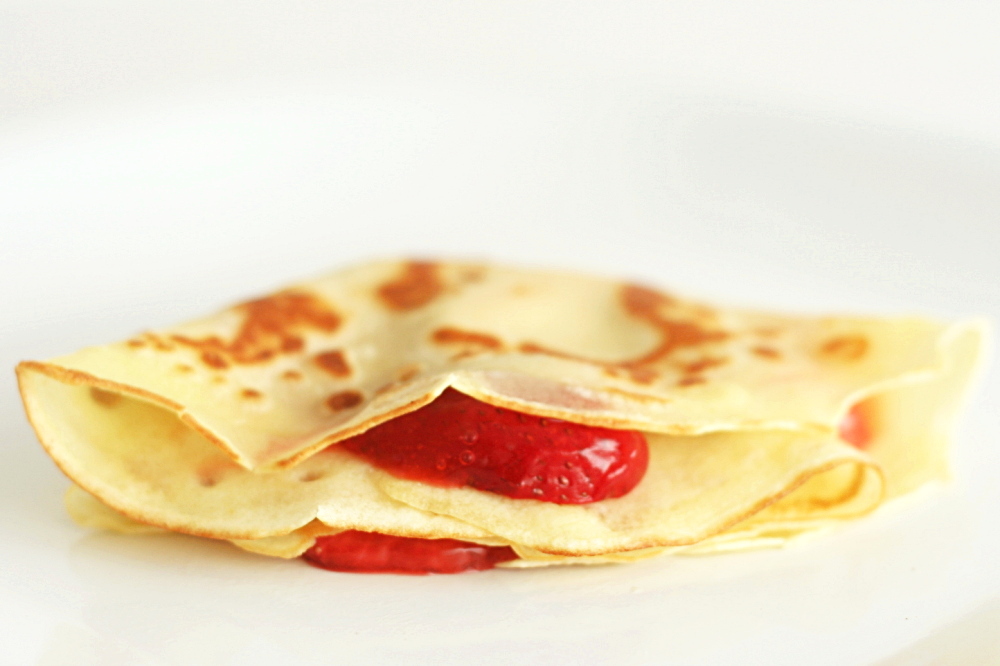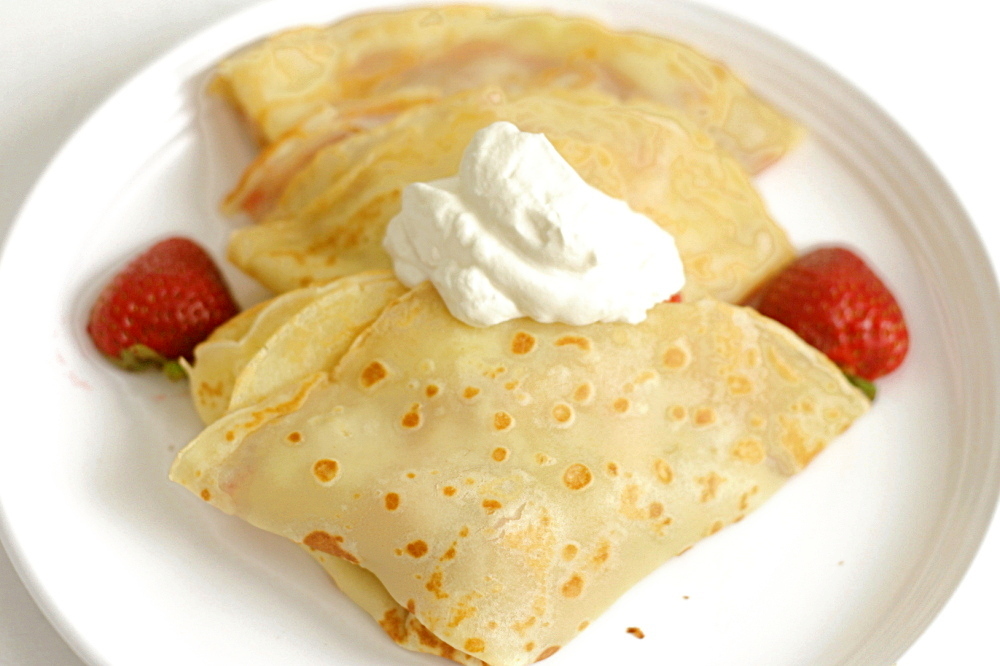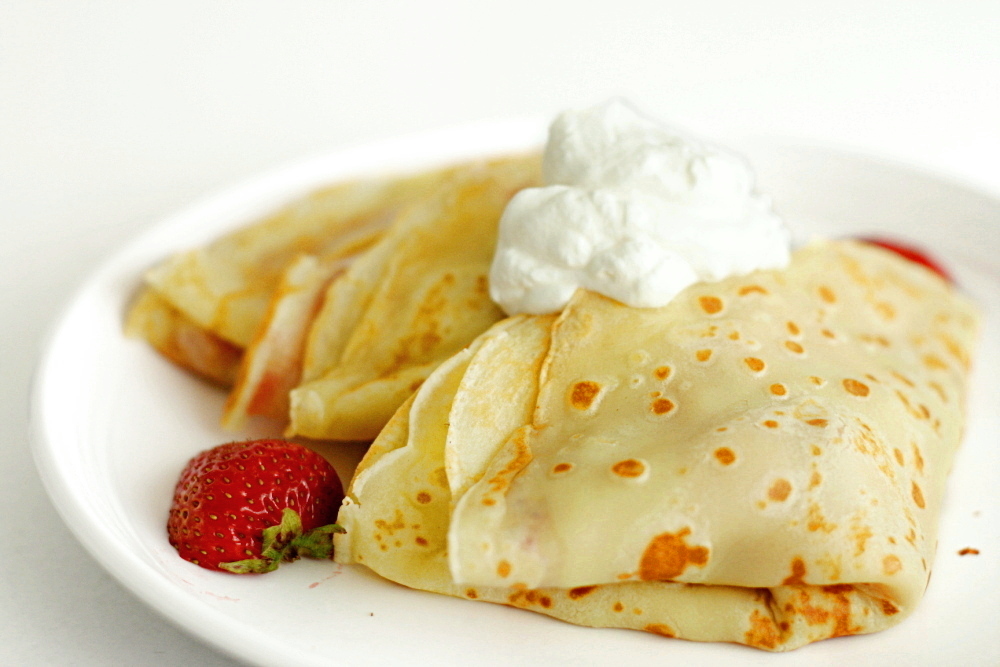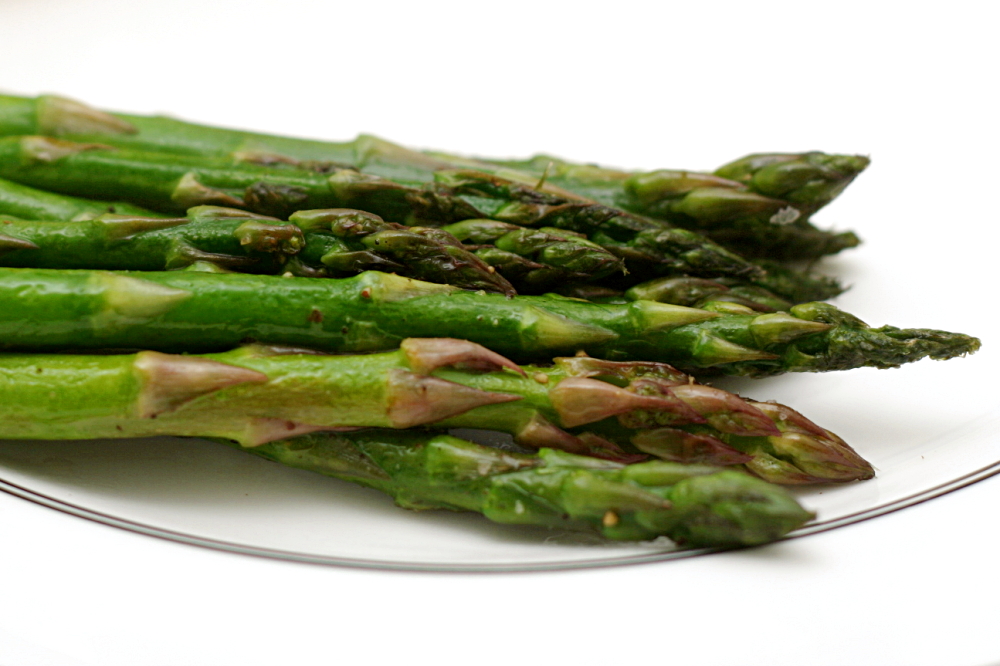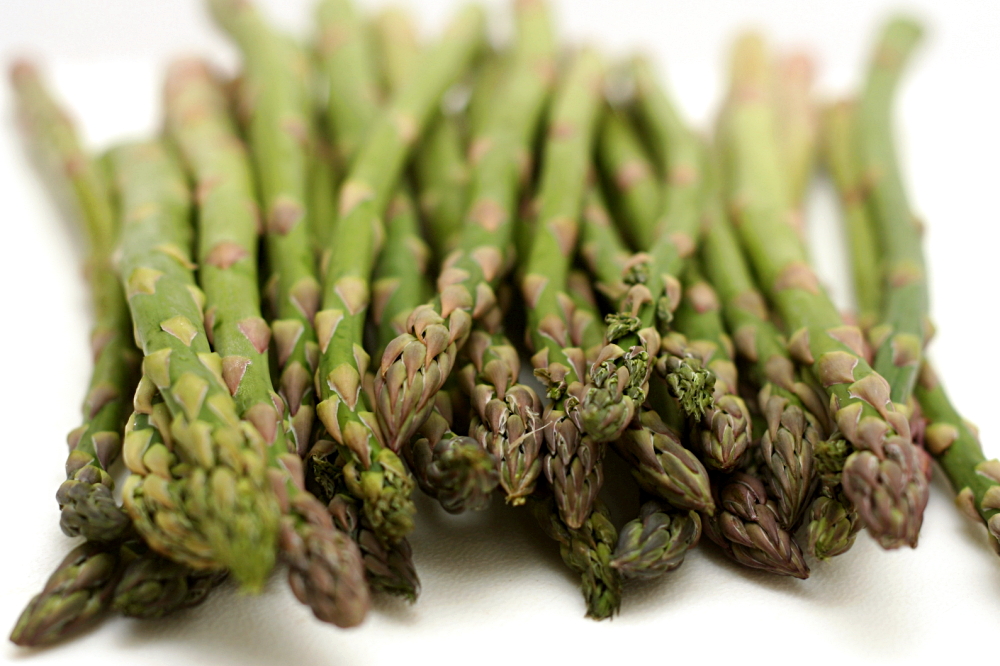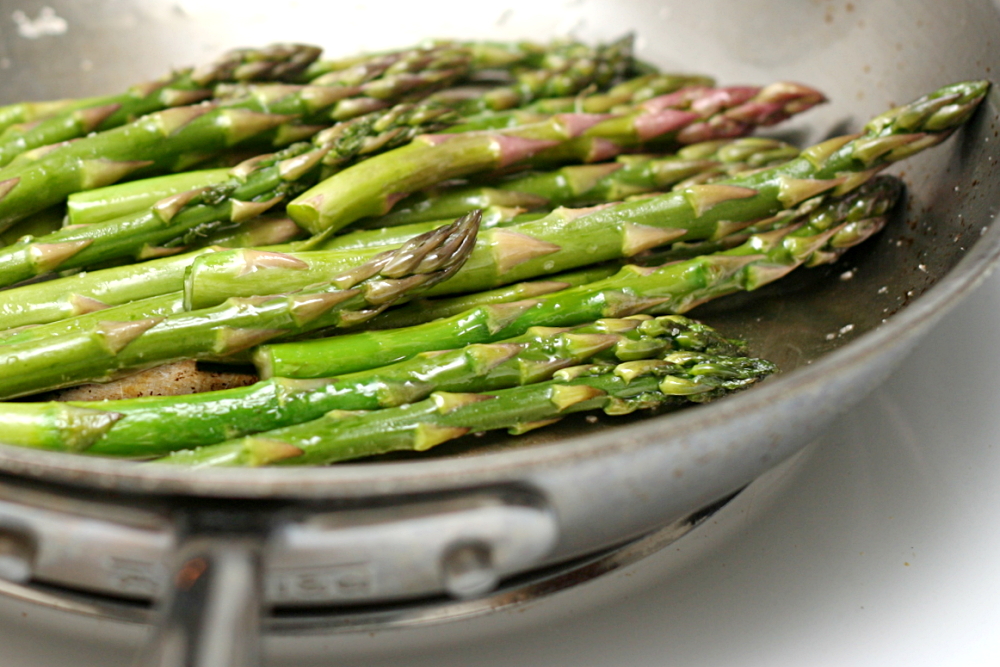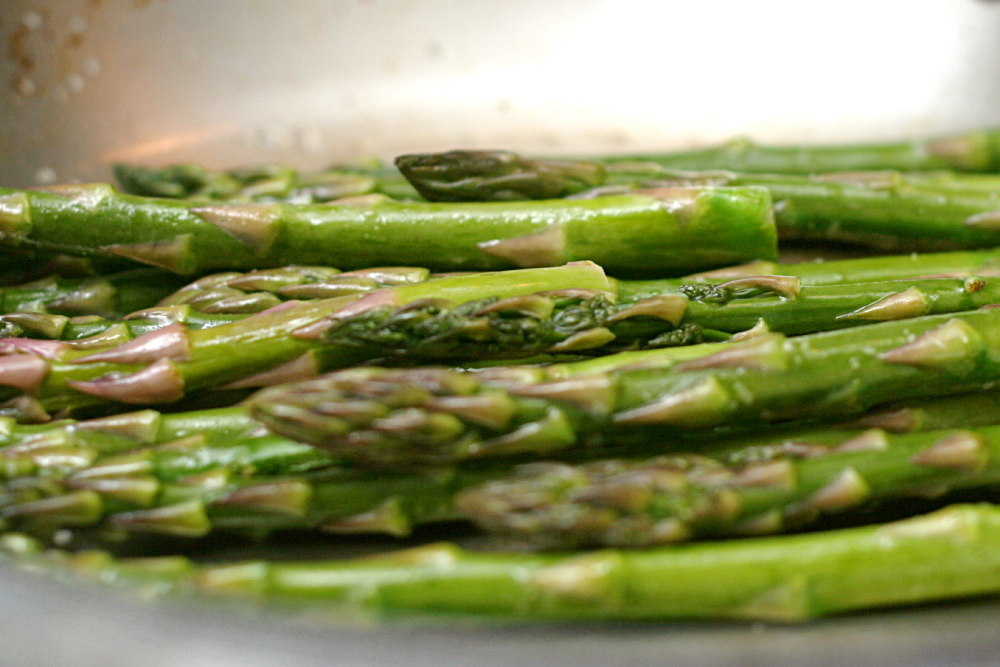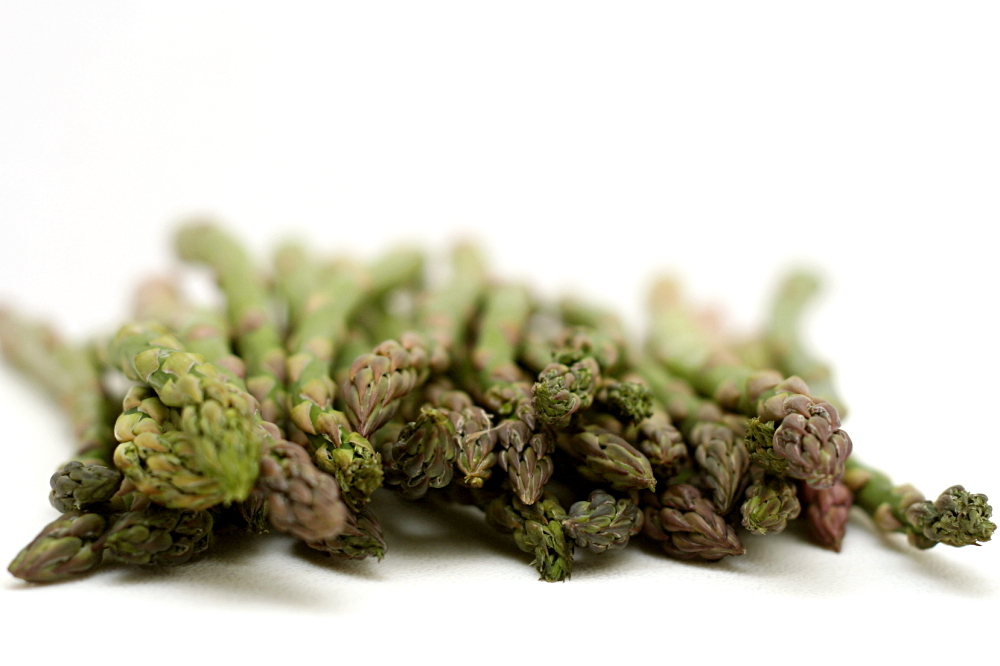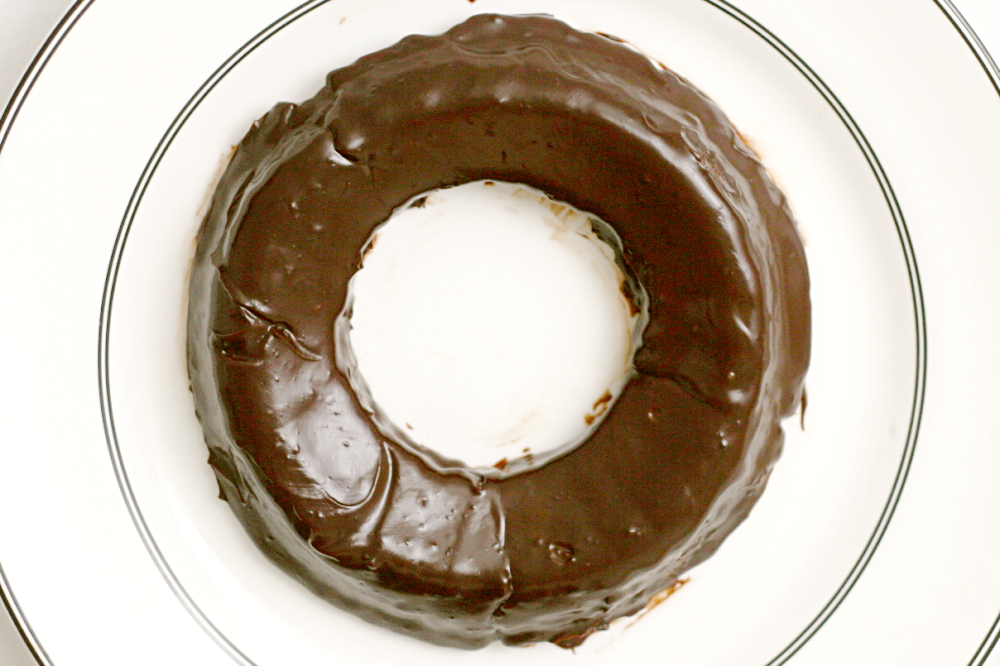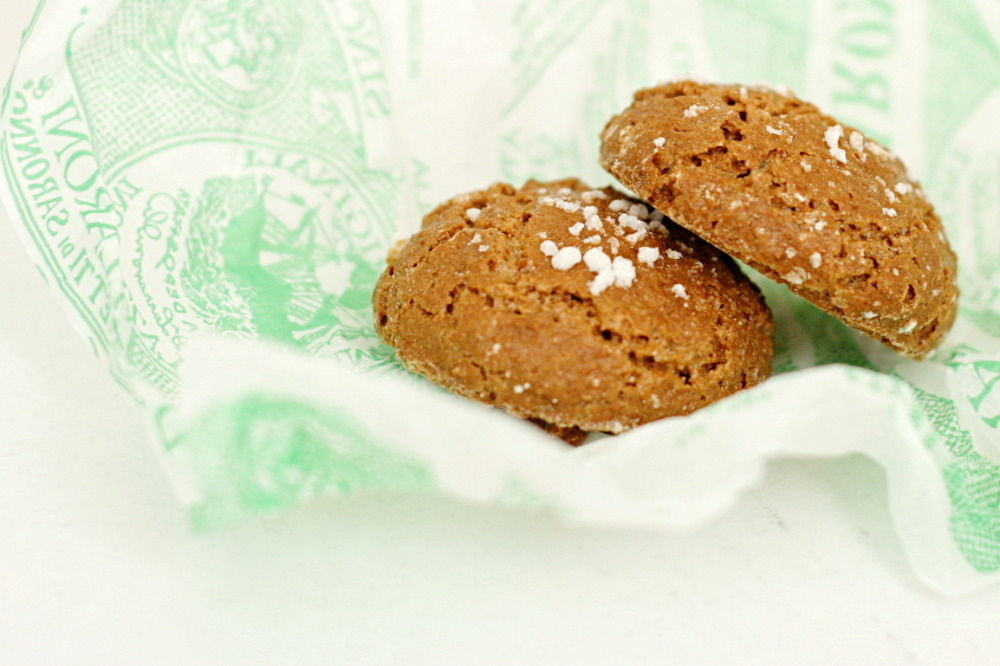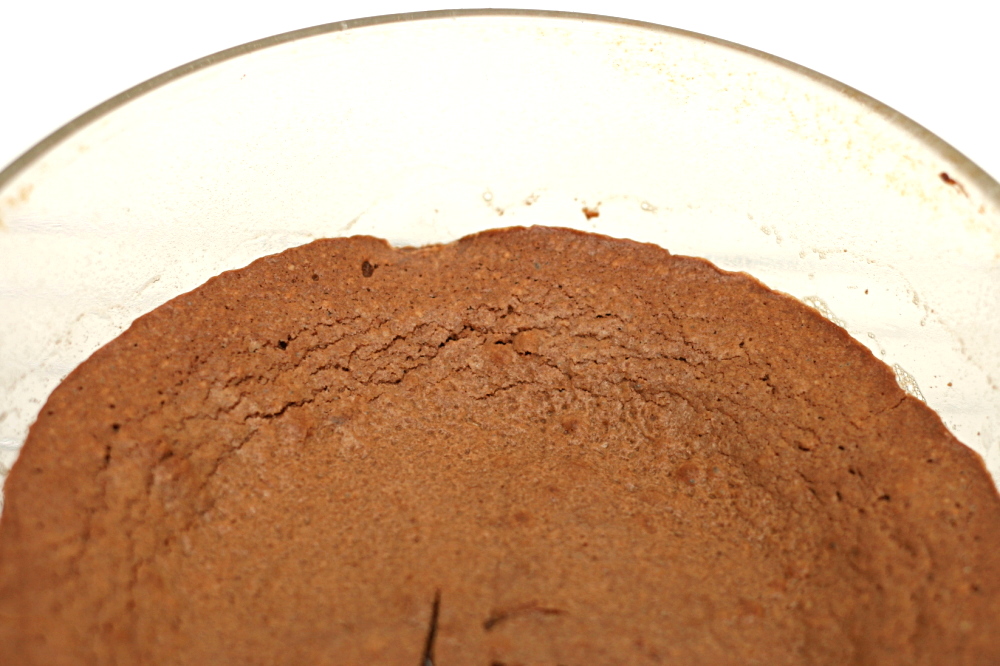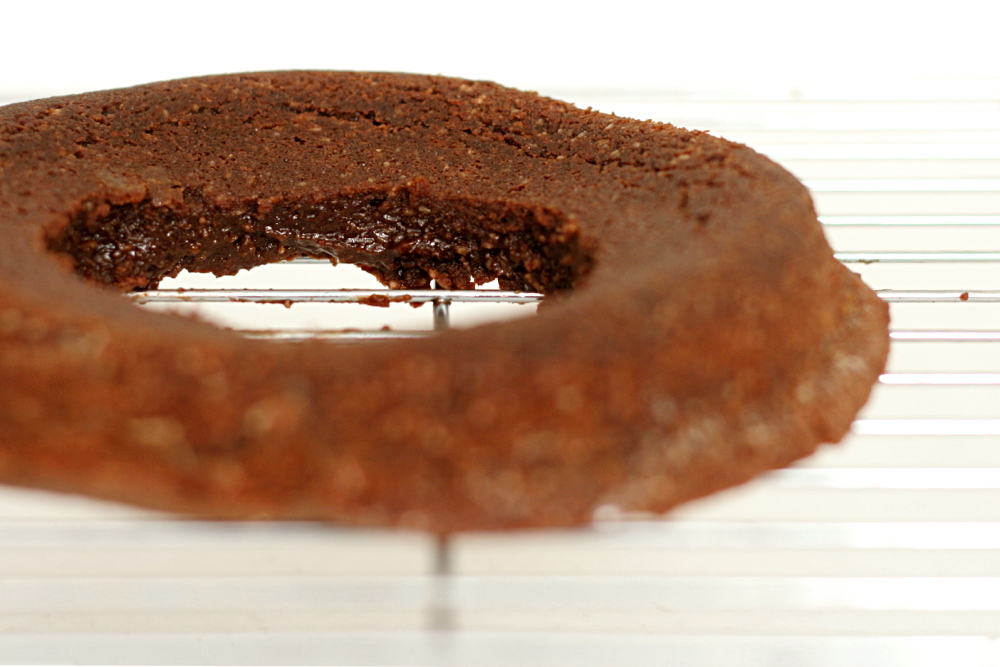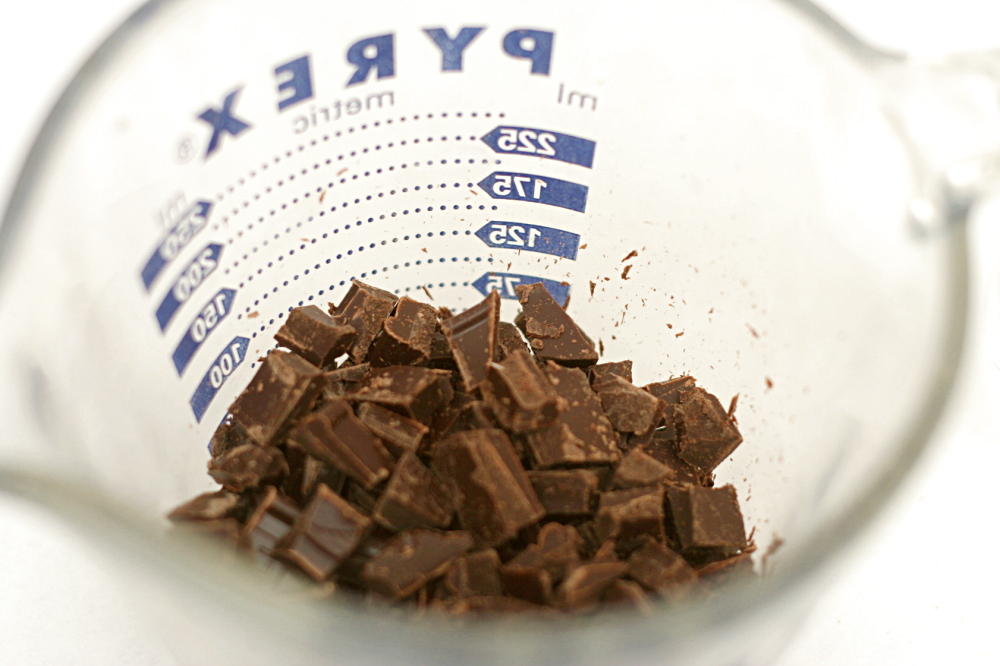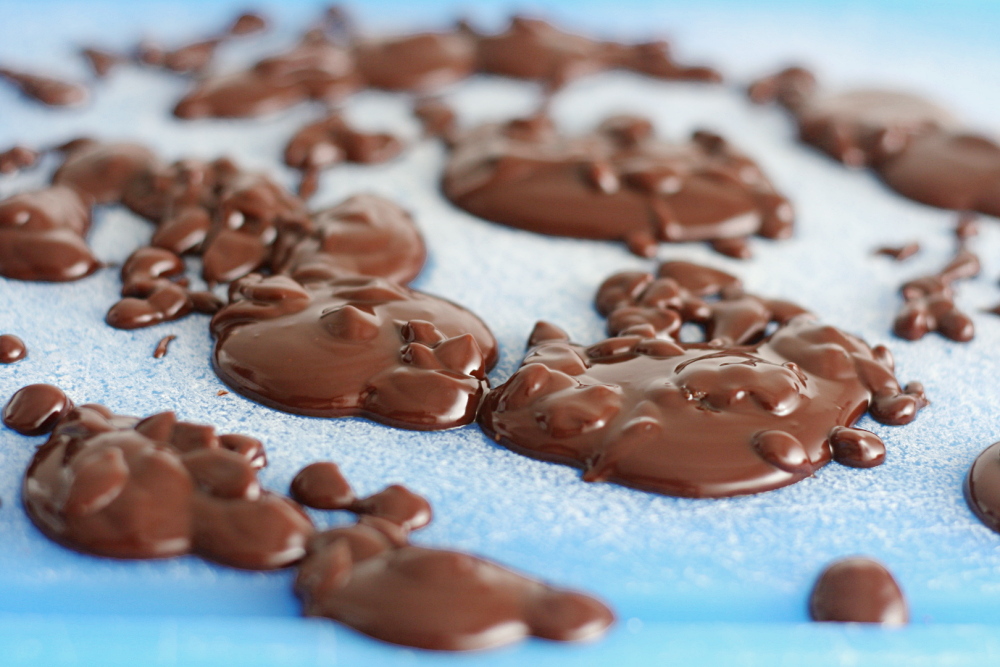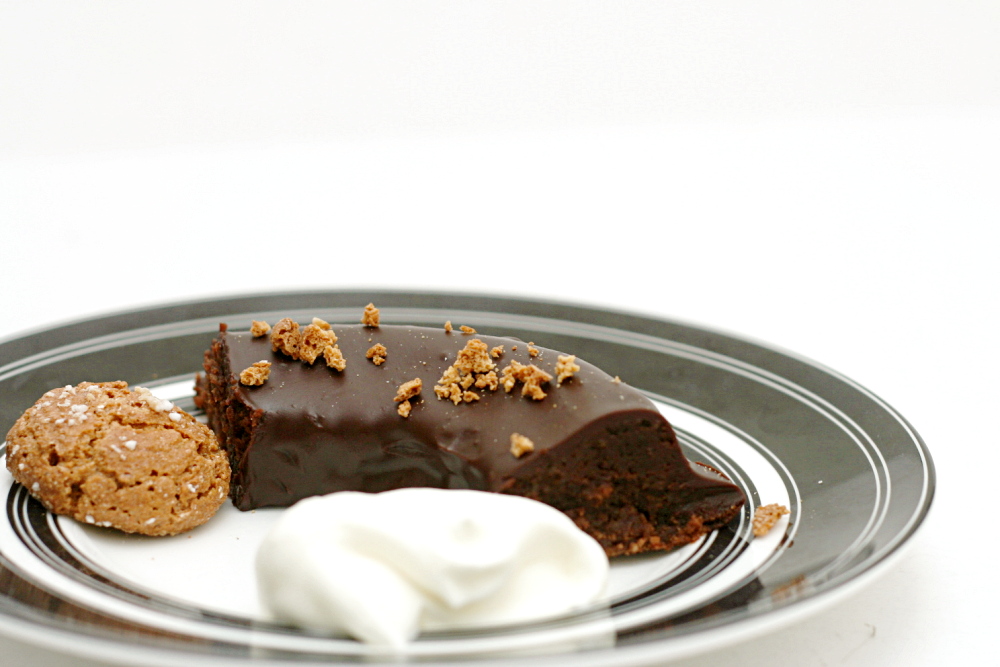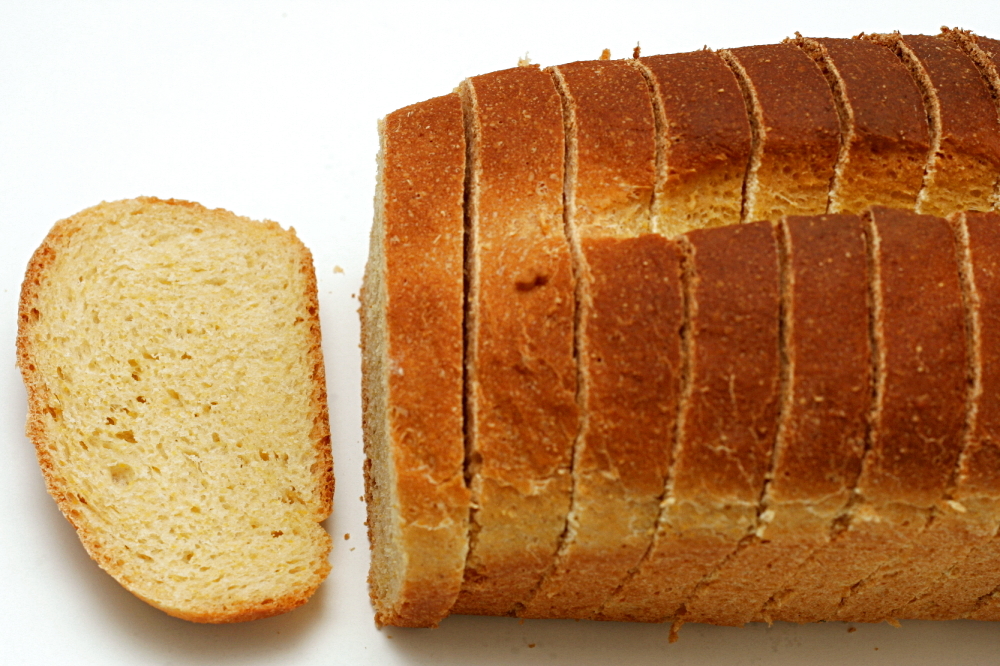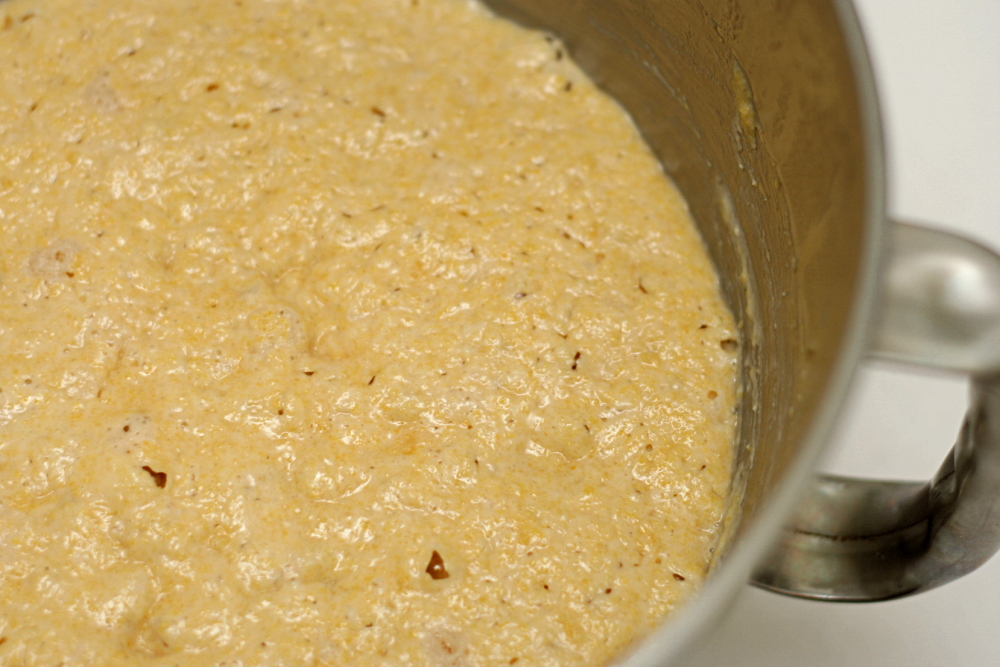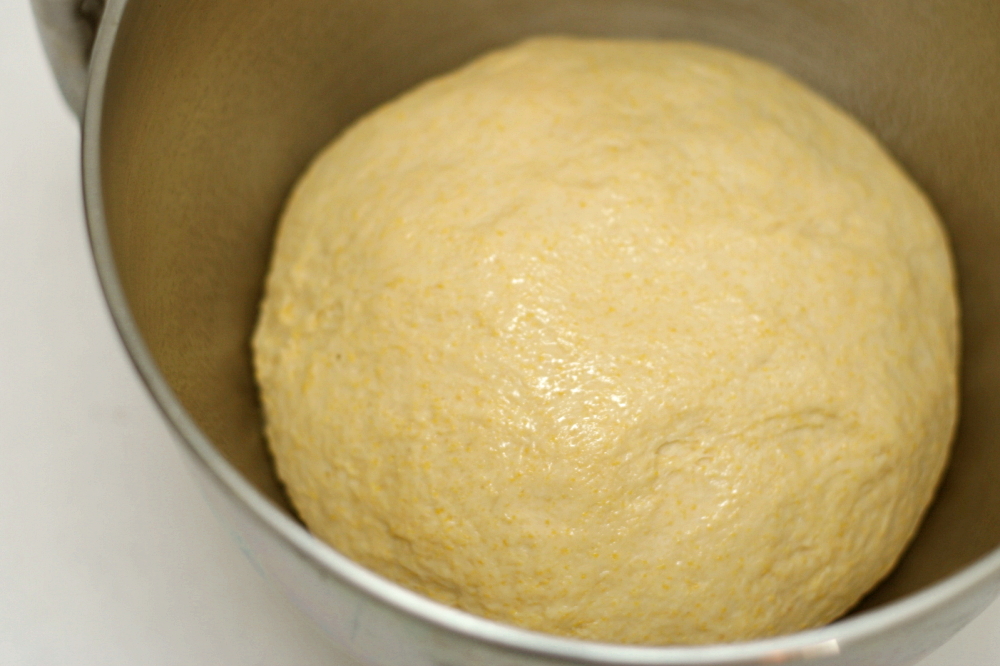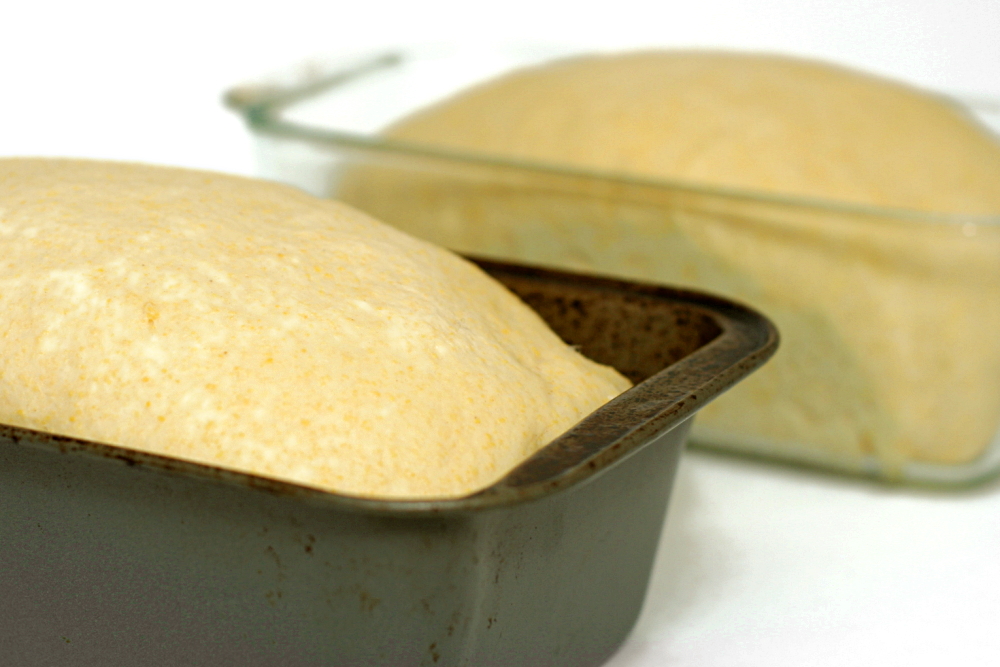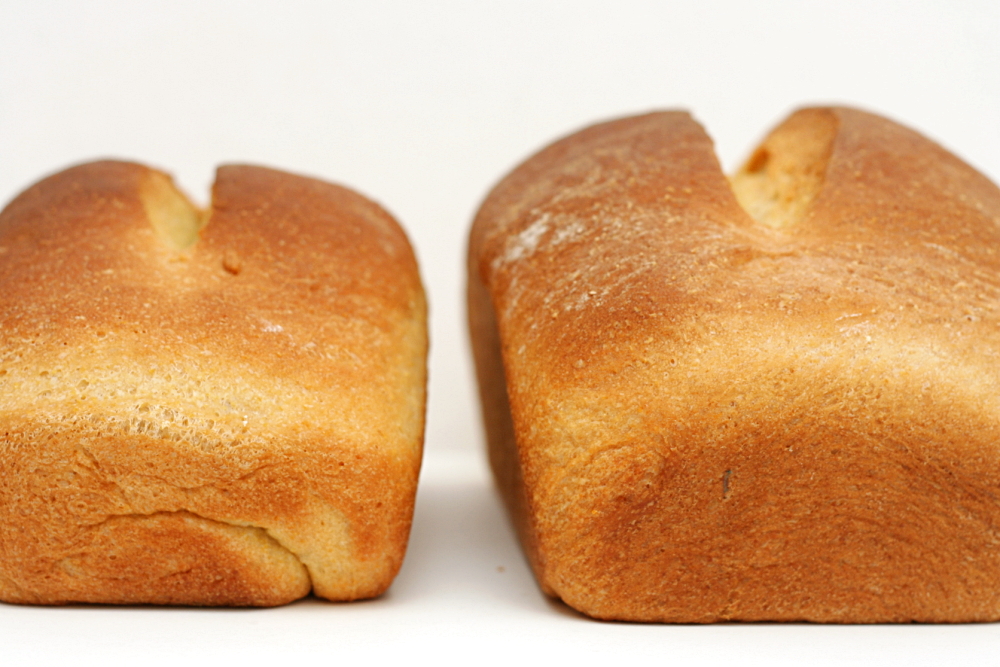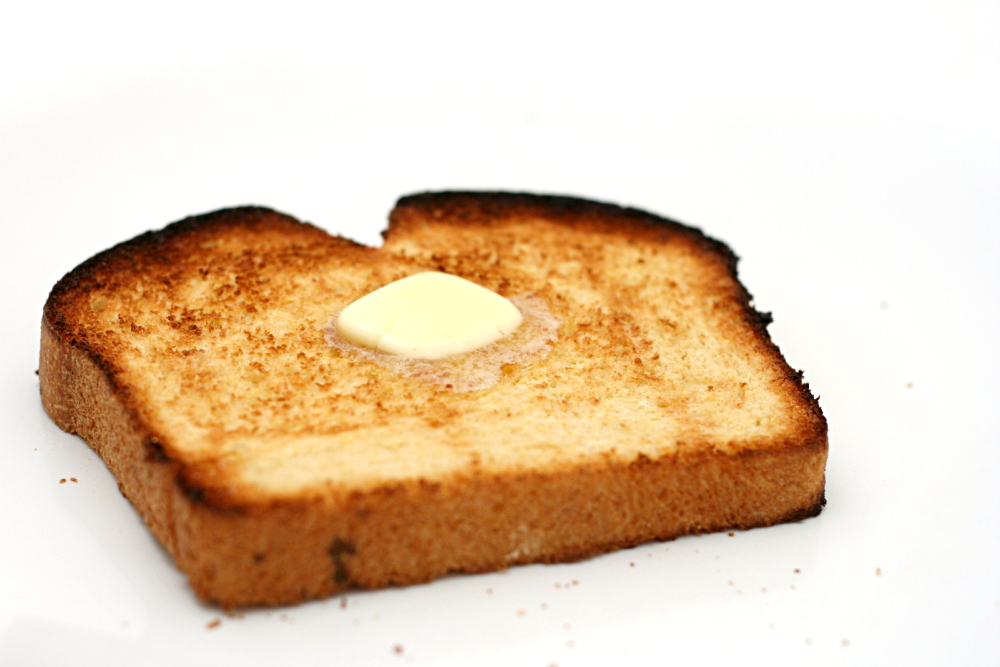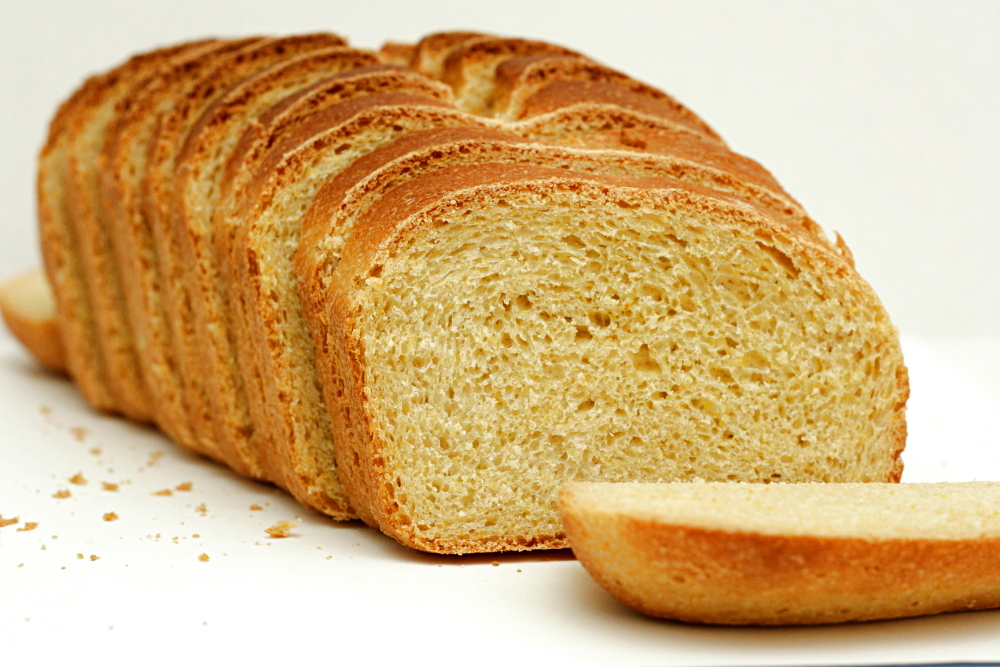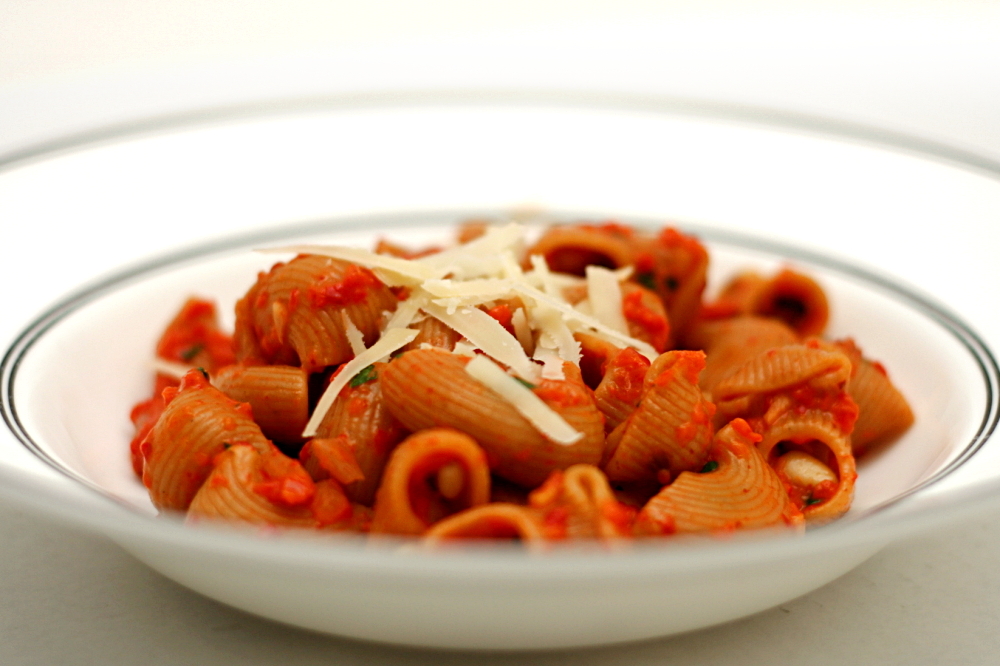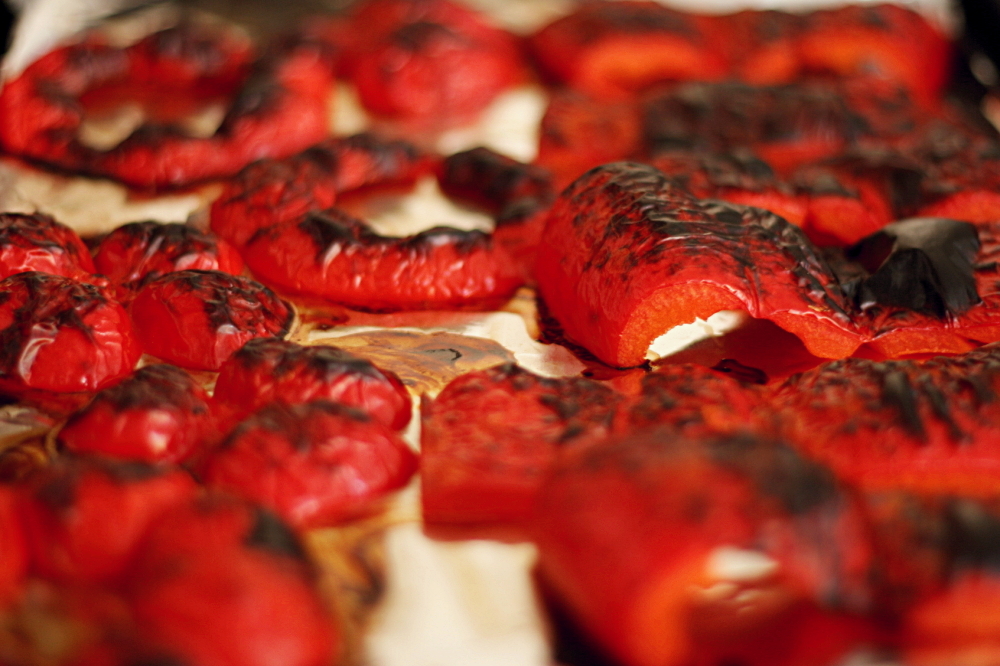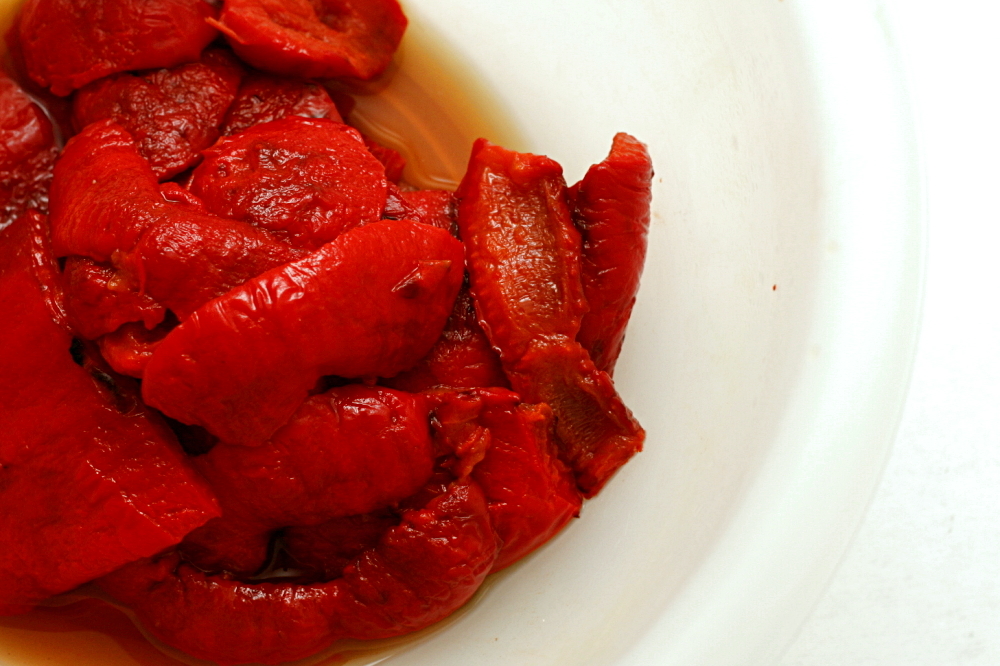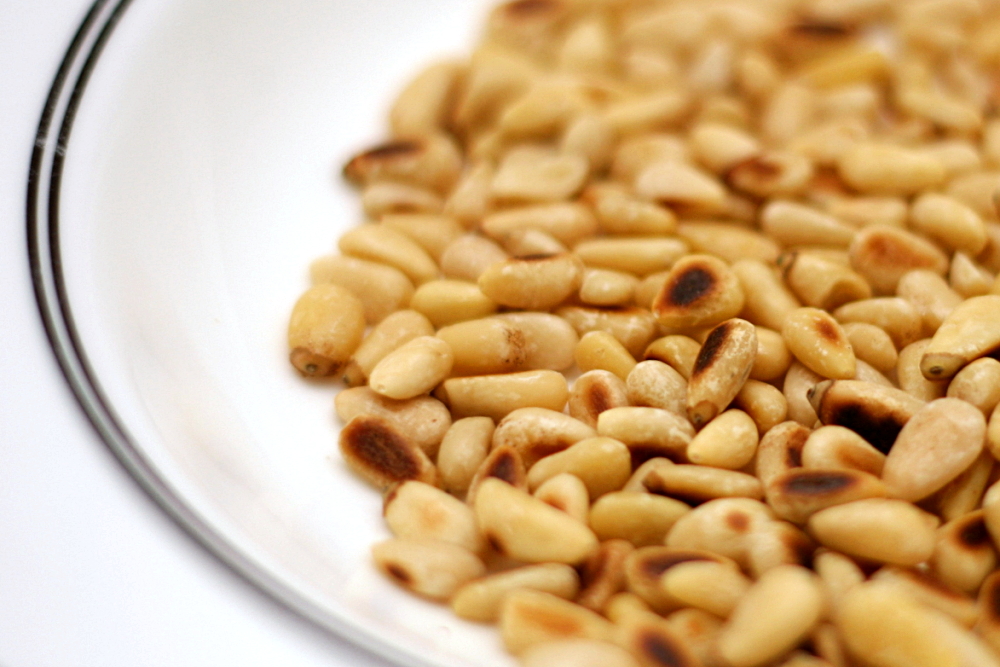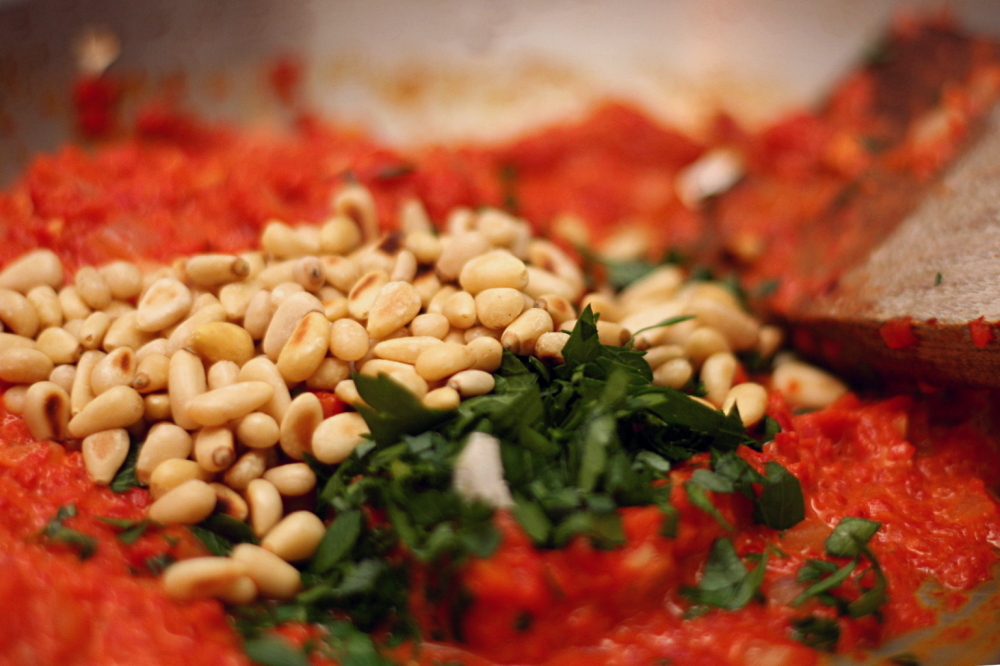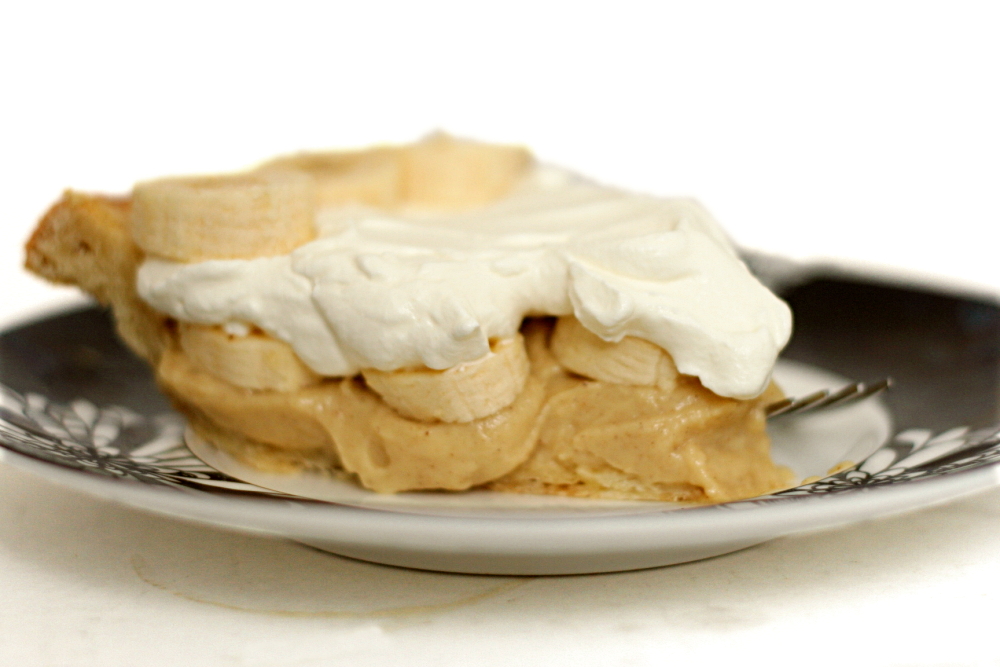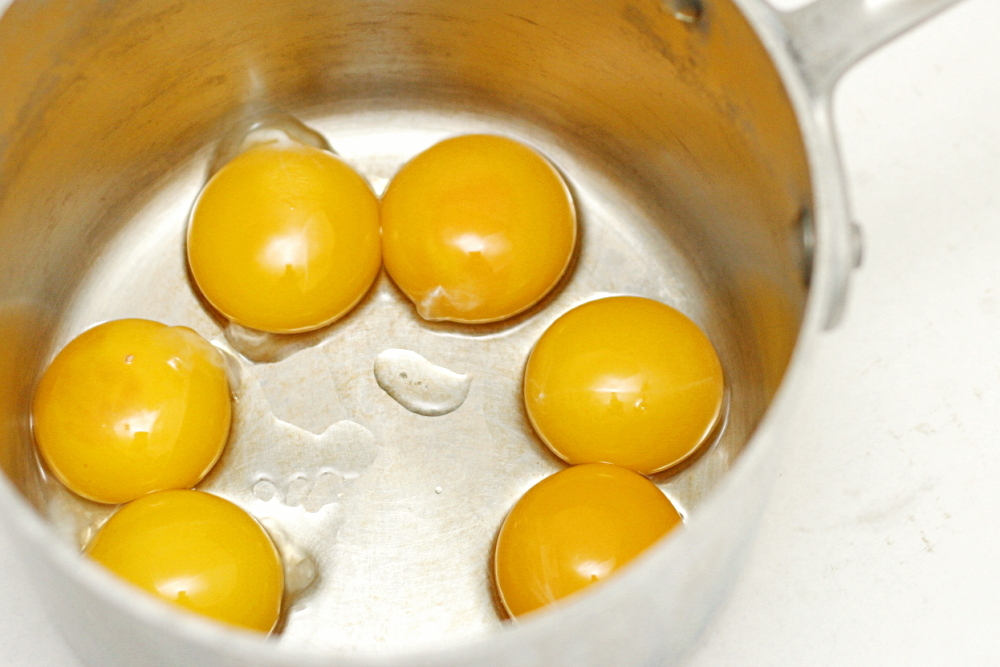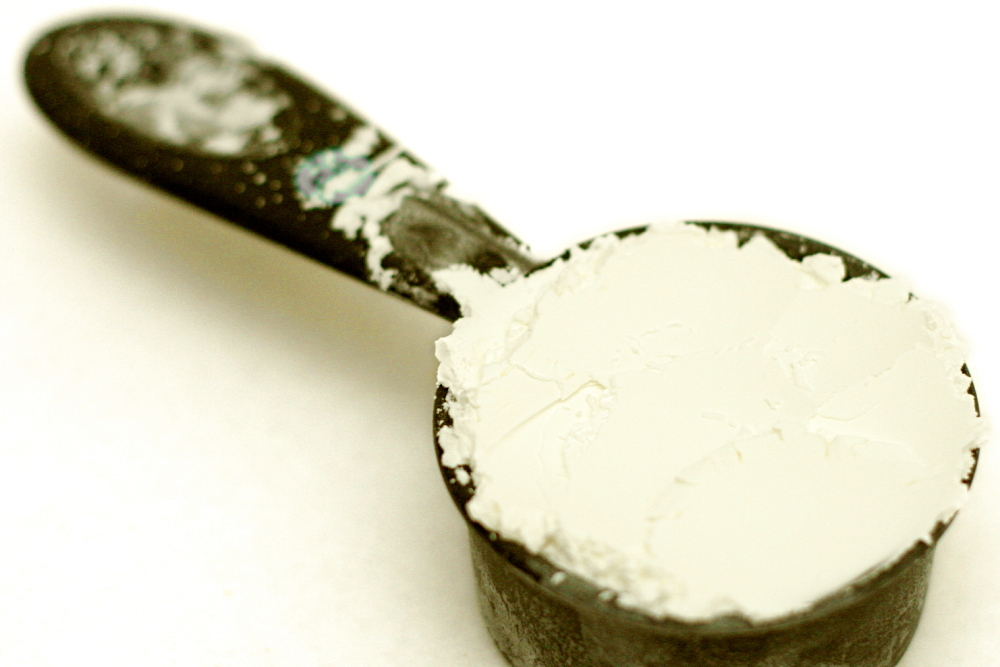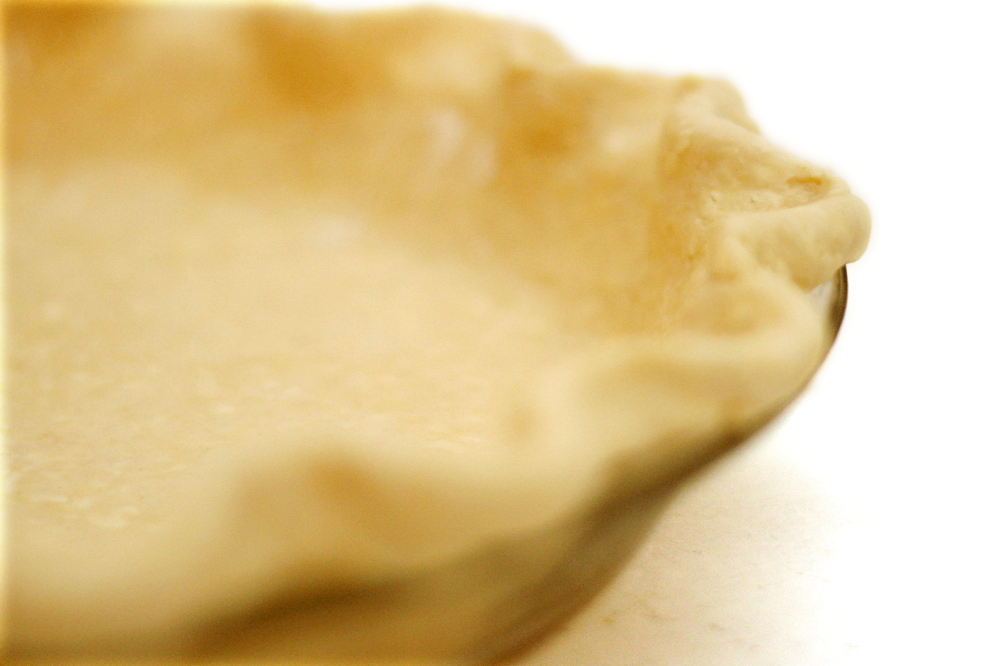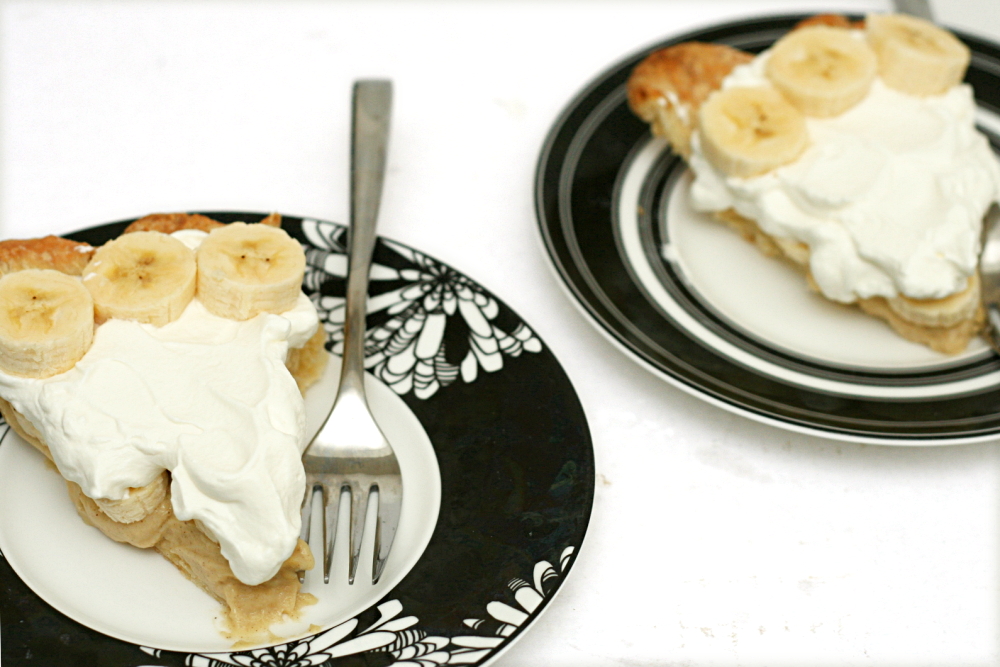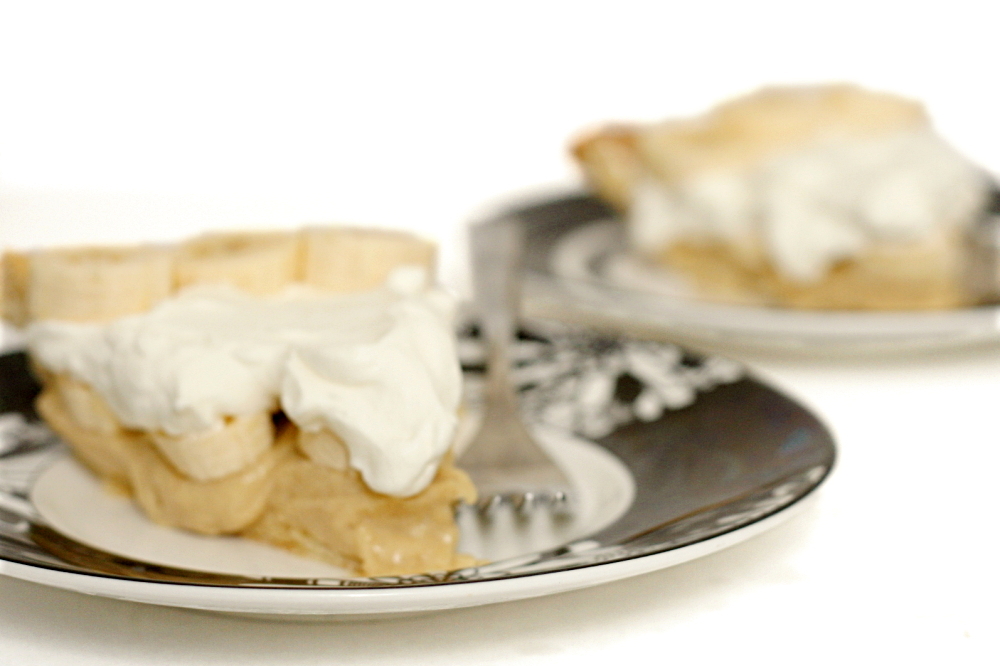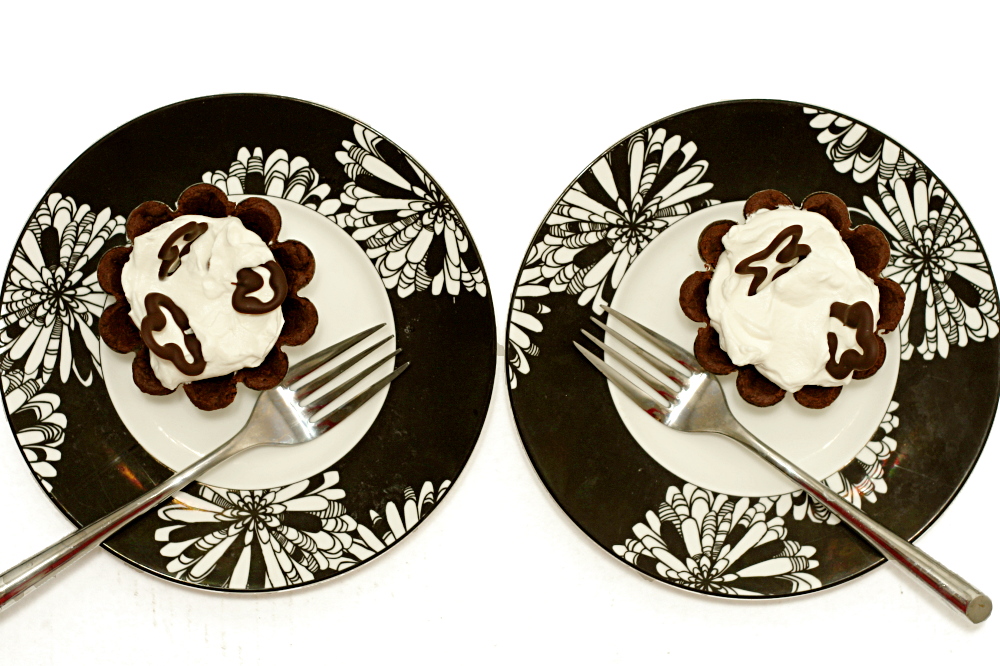
Chocolate cream tart seems like an appropriate way to cap off this month of chocolate, with a bitter chocolate crust and rich chocolate pastry cream balanced by lightly sweetened whipped cream and topped off with decorations of pure bittersweet chocolate. It’s a good thing that I don’t get tired of chocolate or have problems with rich desserts.
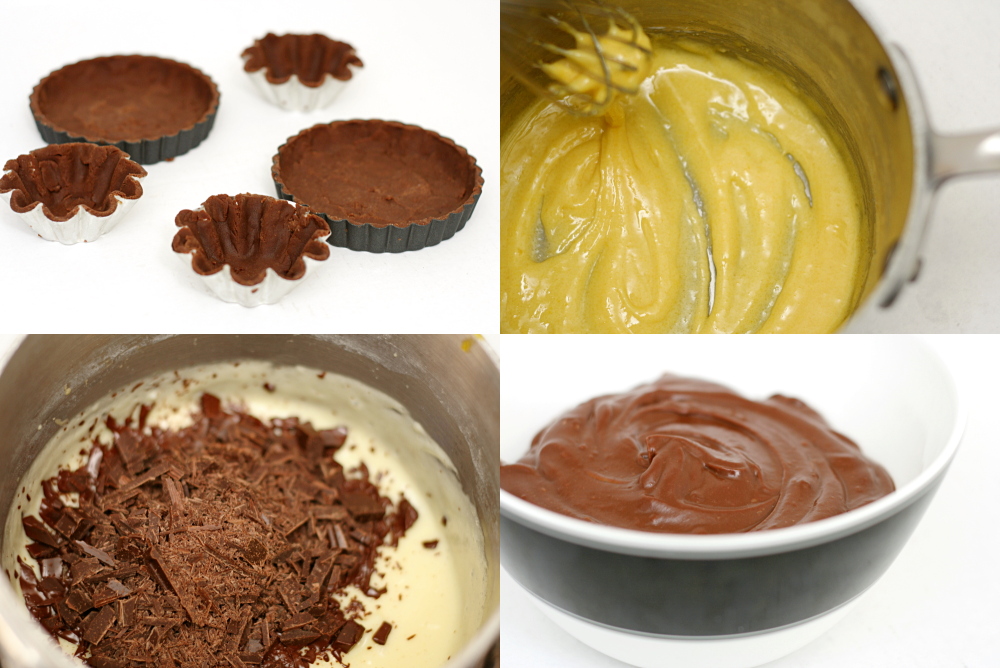
But I was concerned that Dave, who, after eating his umpteenth brownie, mentioned he’s actually not the biggest chocolate fan, wouldn’t like this. Fortunately, I’d forgotten how much he does like custard and pie, which apparently overshadowed his lukewarm feelings toward chocolate.
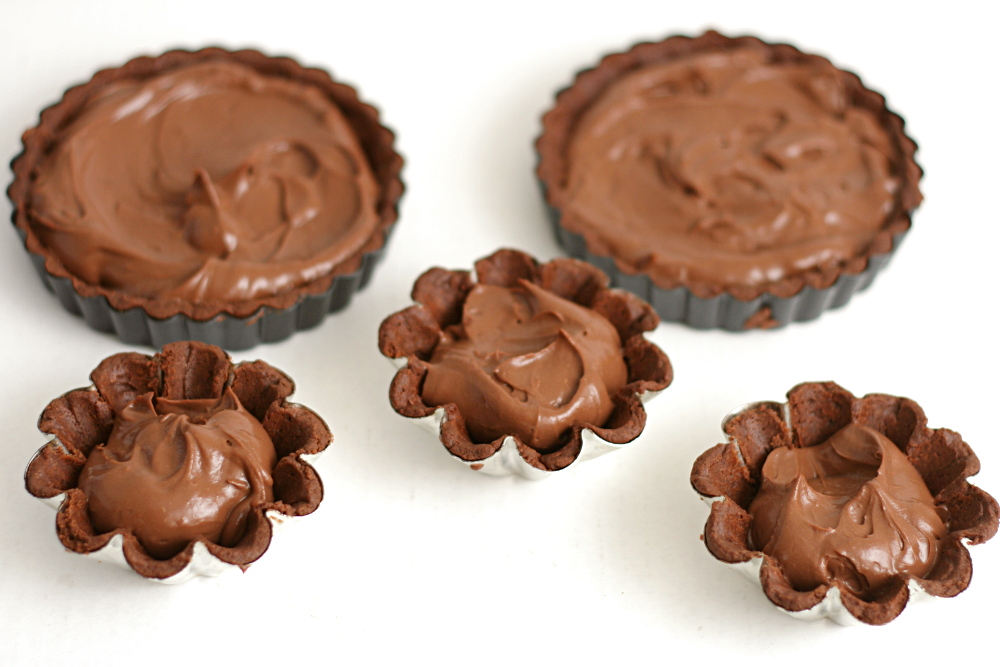
I’m always intrigued by Dorie’s tart dough, which calls for almost no liquid, and instead comes together through far more processing than is usually recommended in crust recipes. She then recommends pressing the dough into the pan instead of rolling it out. Am I the only one who hates pressing dough into pans? I don’t think it’s any less work than rolling it out. I did have to roll it out for the little brioche pans, because in my experience, pressing crusts into these deeply fluted edges results in a huge buildup of crust in the ridges. I pressed the crust into the flat tart pans, and I like both crusts equally.
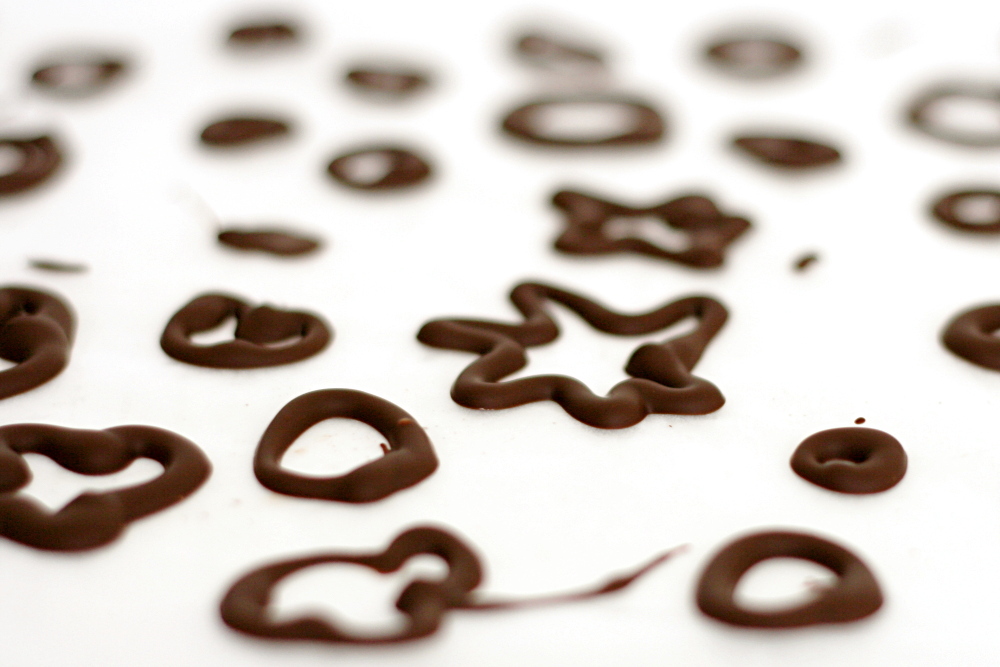
The pastry cream is pretty luscious stuff. I did reduce the cornstarch a bit, remembering how the last few times I’ve made a cornstarch-containing custard from Dorie, the cornstarch didn’t seem to completely dissolve. I don’t mind a softer pastry cream anyway. Also, I missed that the chocolate was supposed to be melted before it was added to the pastry cream until it was too late to do anything about it, so I just finely chopped it and stirred it into the hot cream. It worked great, so this a timesaving trick I’ll keep in mind for the future.
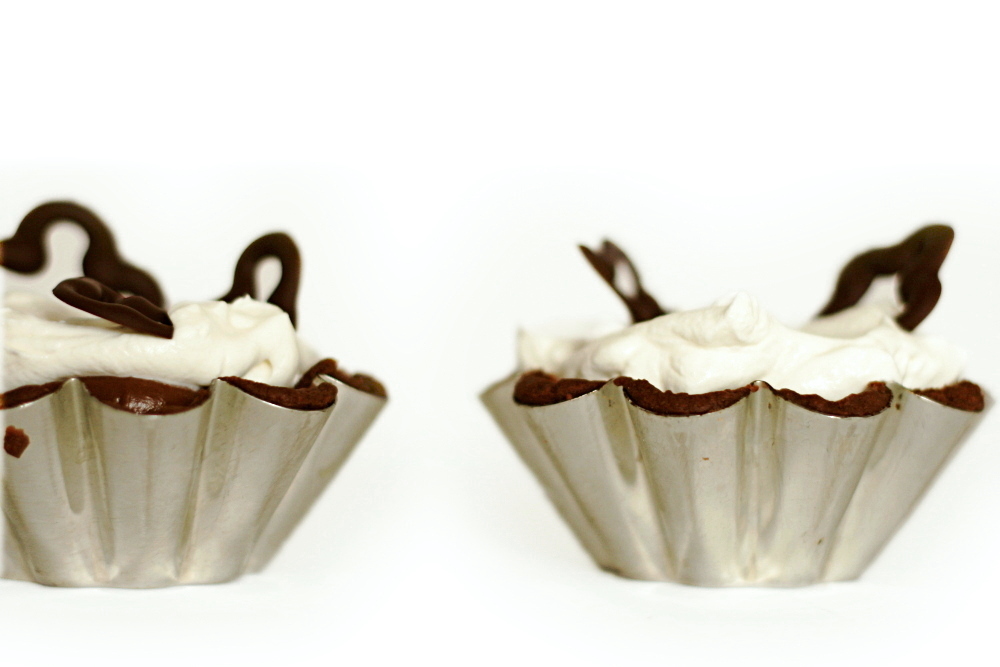
Overall, I thought the tart was pretty great. Some TWD members indicated that they would have rather had a regular tart crust instead of the chocolate crust, and I wholeheartedly disagree. Usually I think tart crusts just get in the way of the filling, but I felt like the chocolate crust complimented, rather than detracted, from this dessert. All of the components, bitter and sweet, rich and light, balanced each other well.
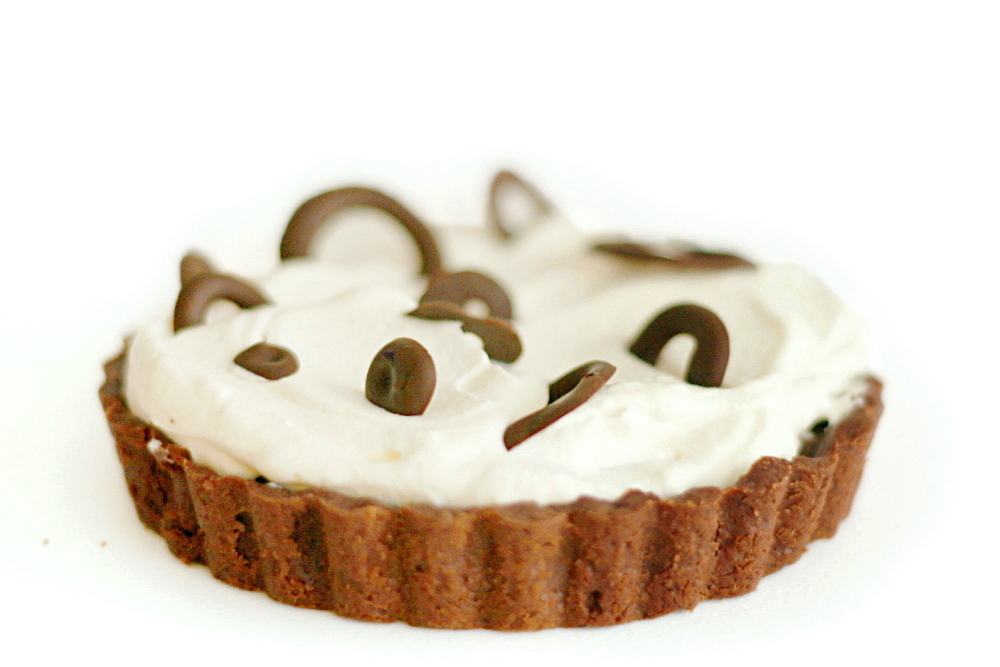
Kim has posted the recipe.
One year ago: Carrot Cake
